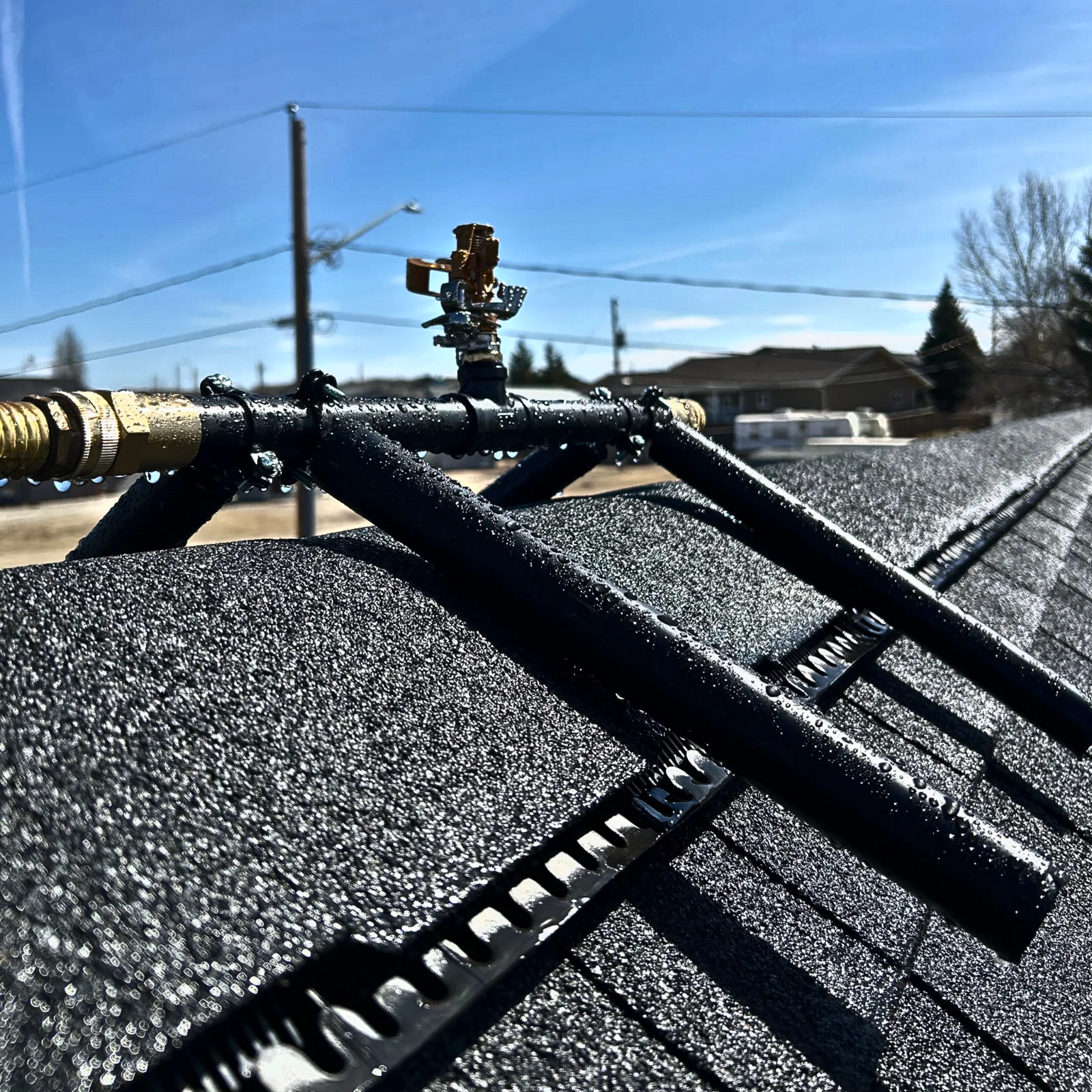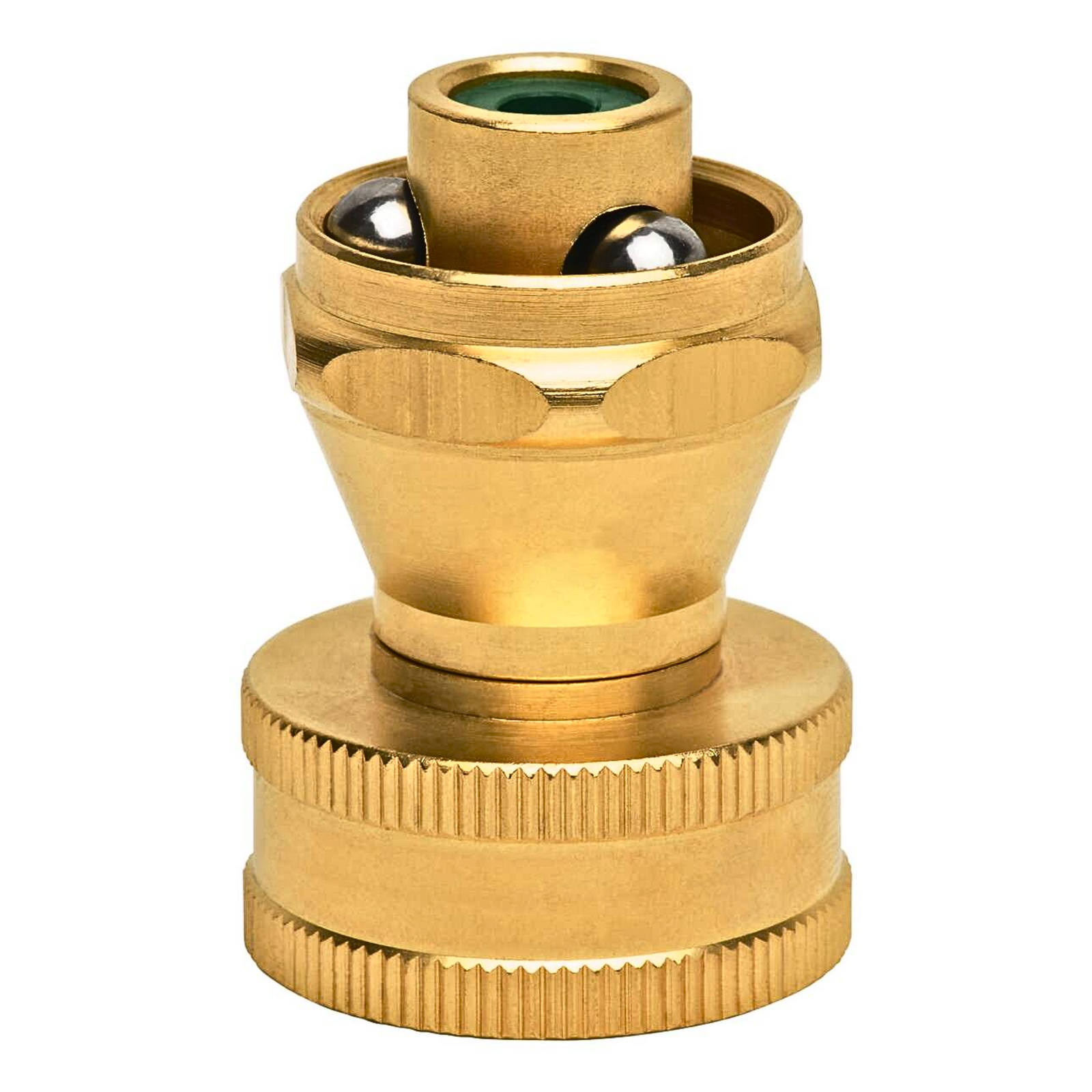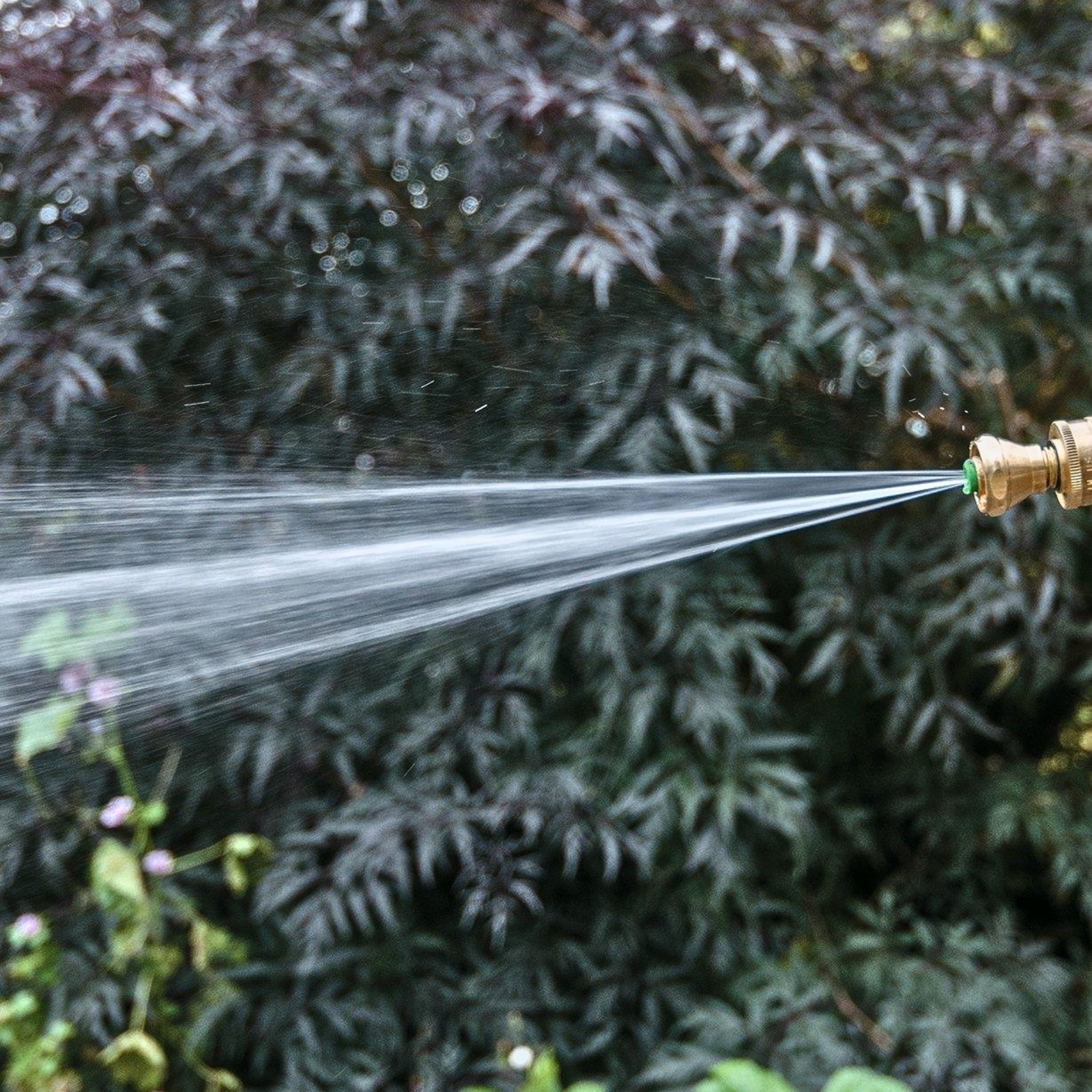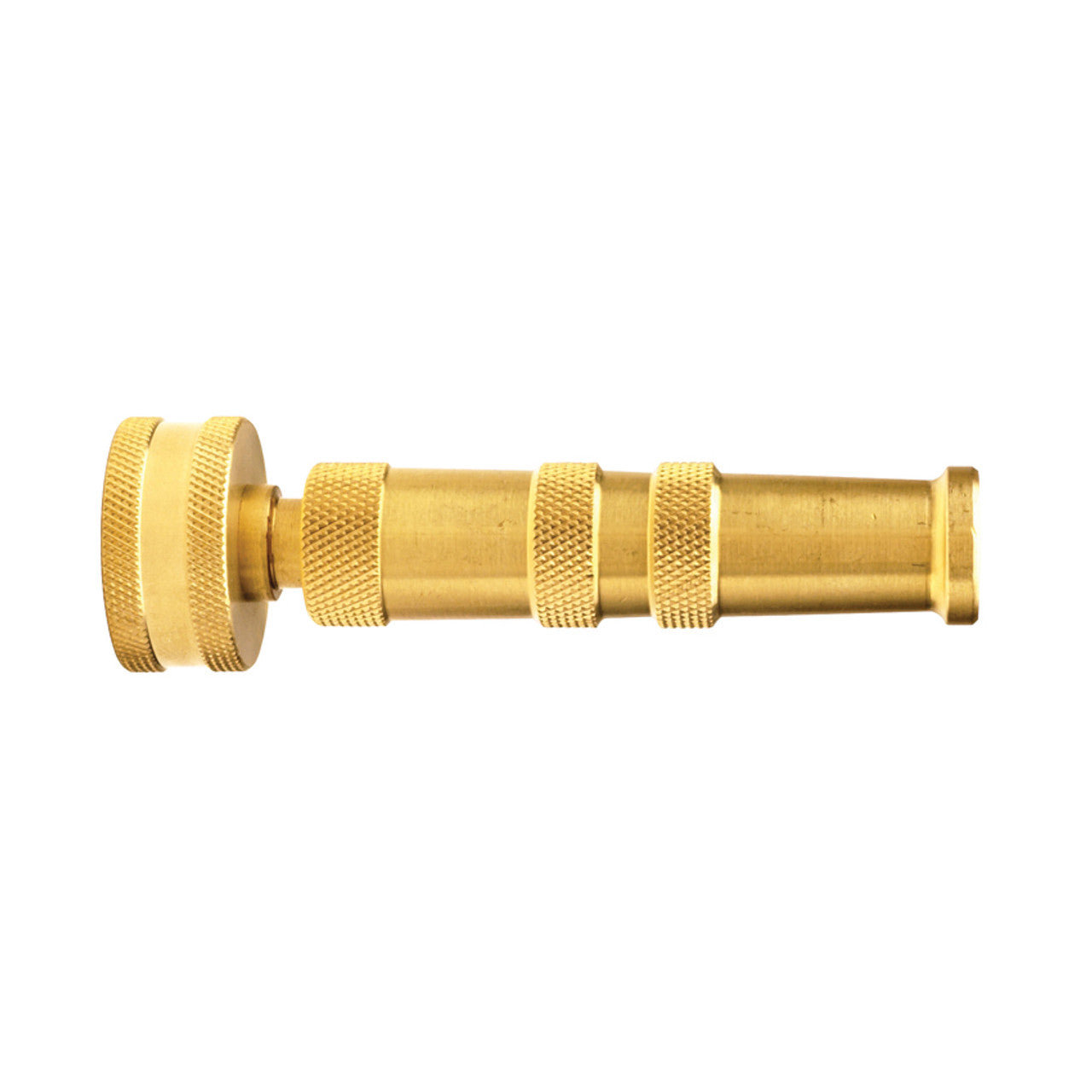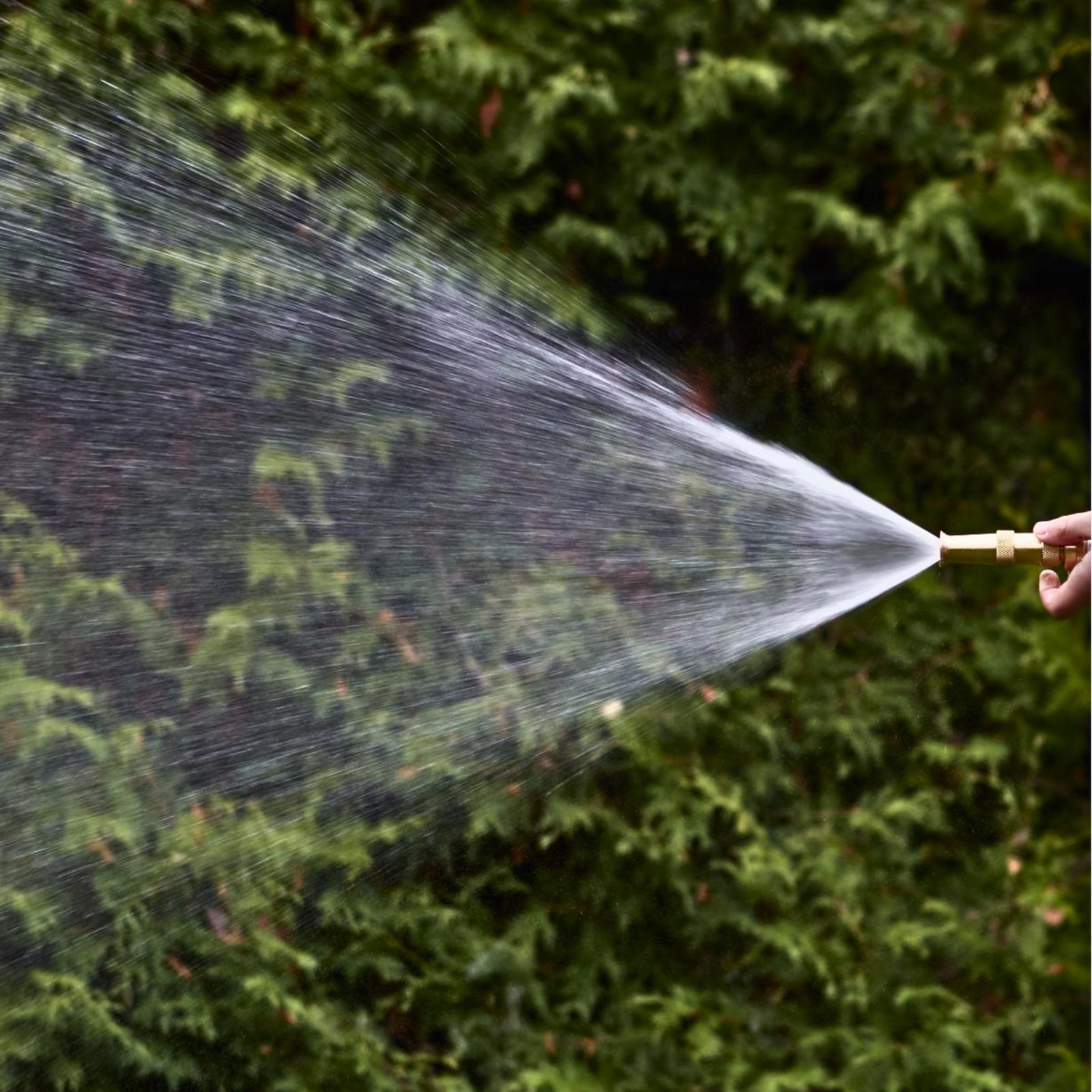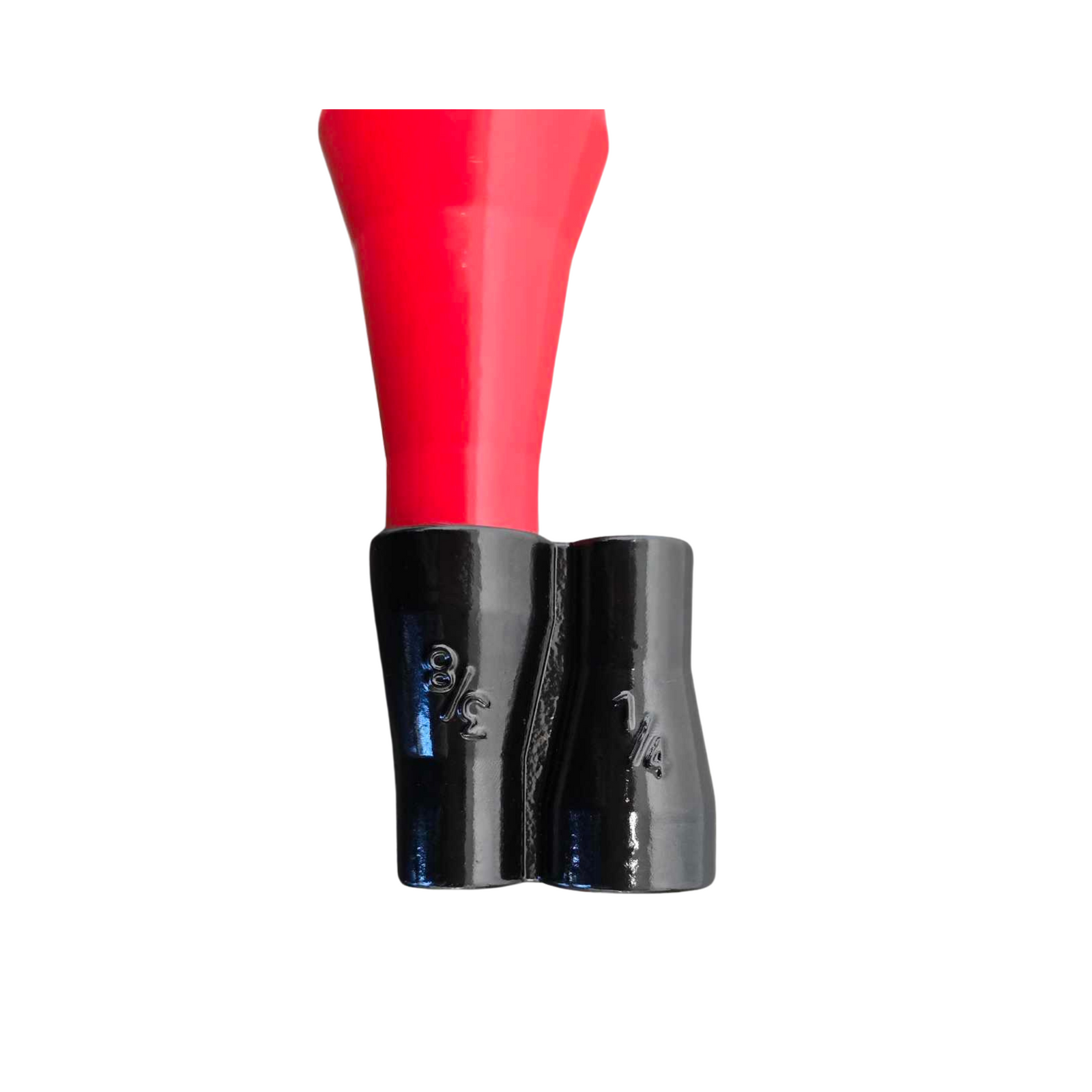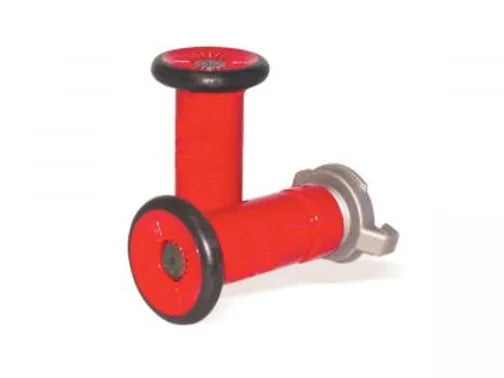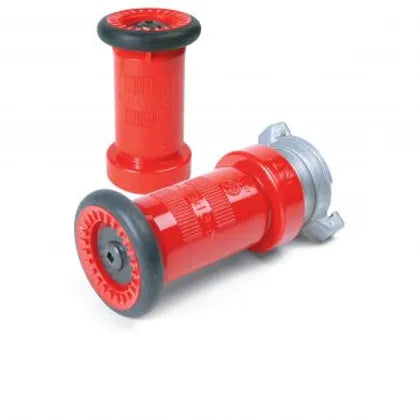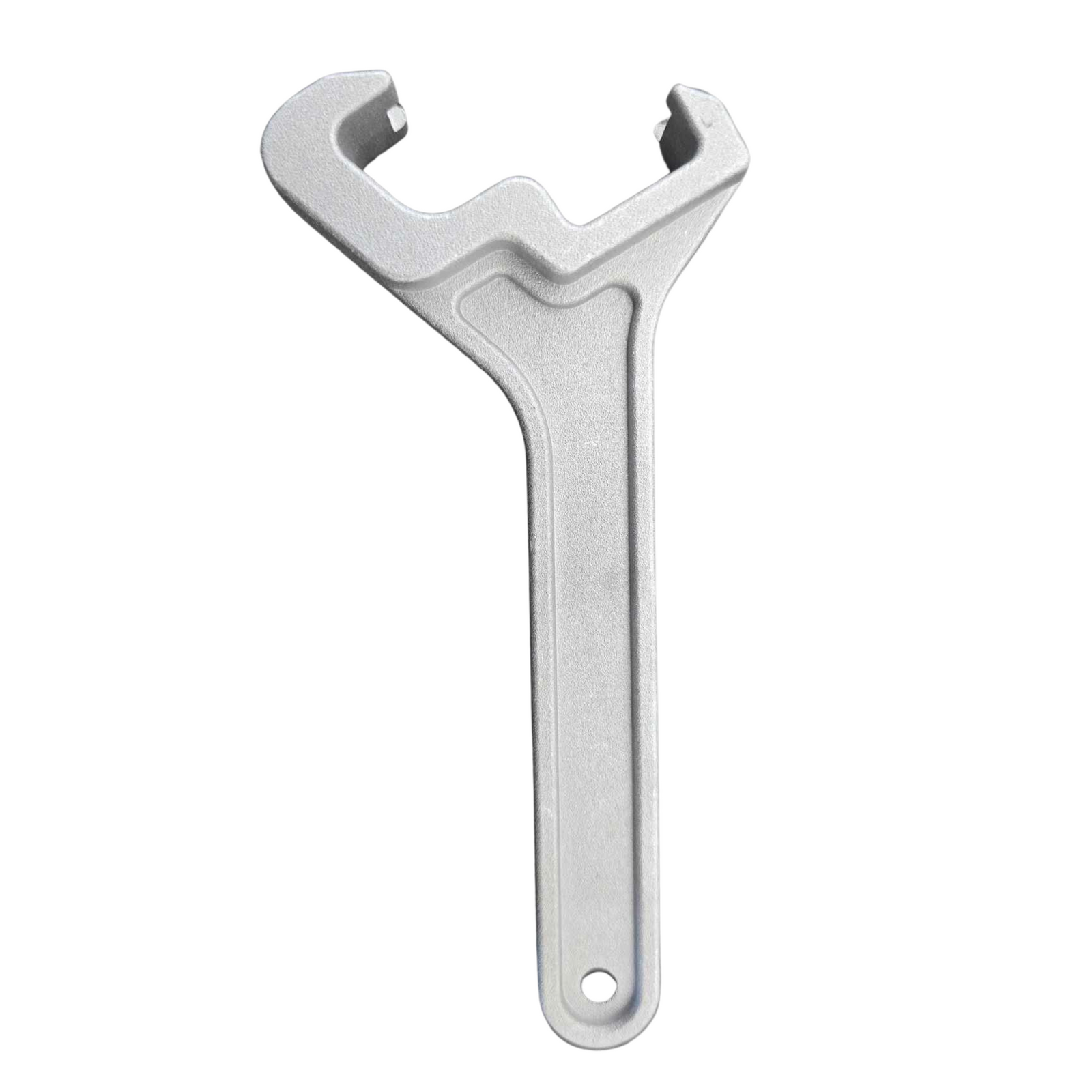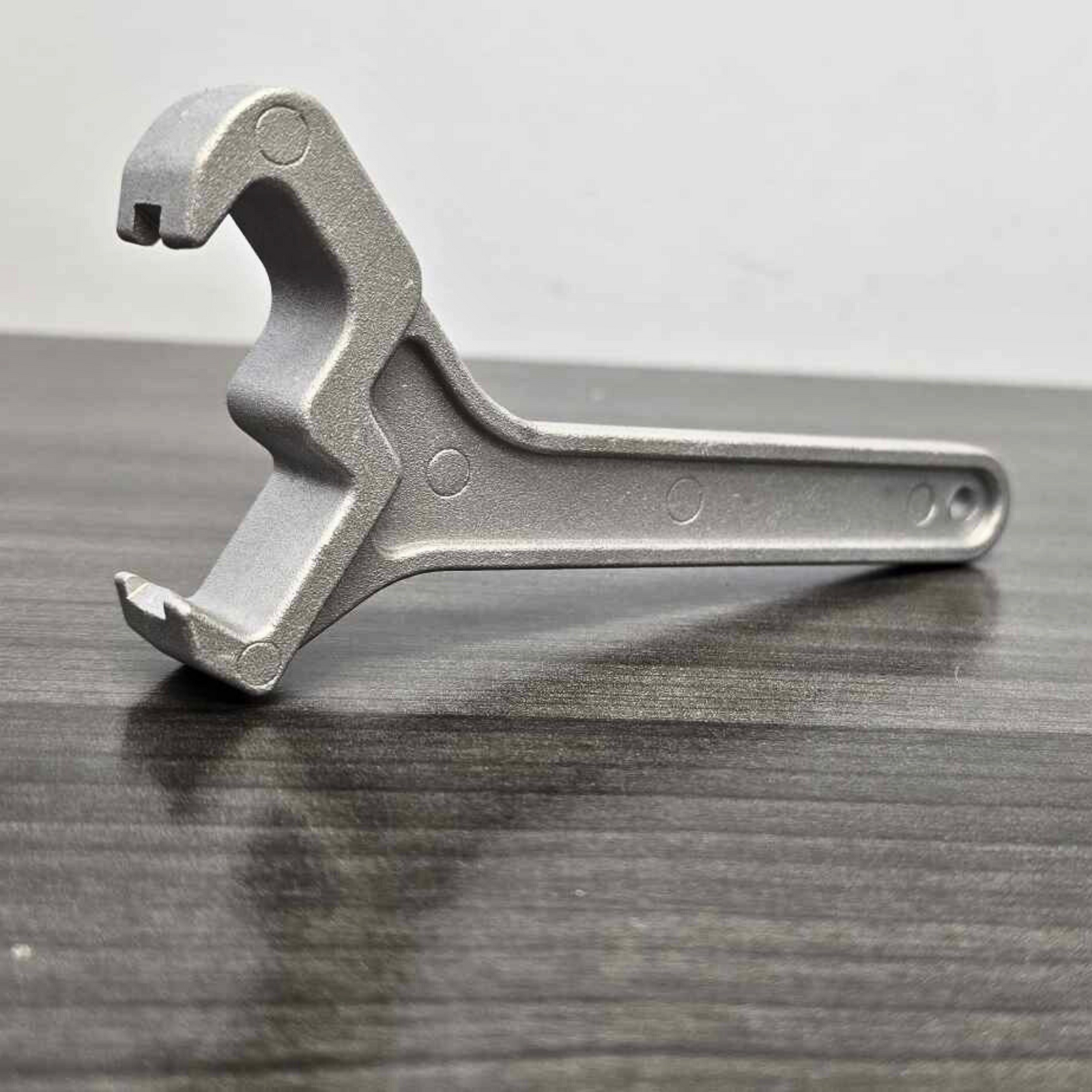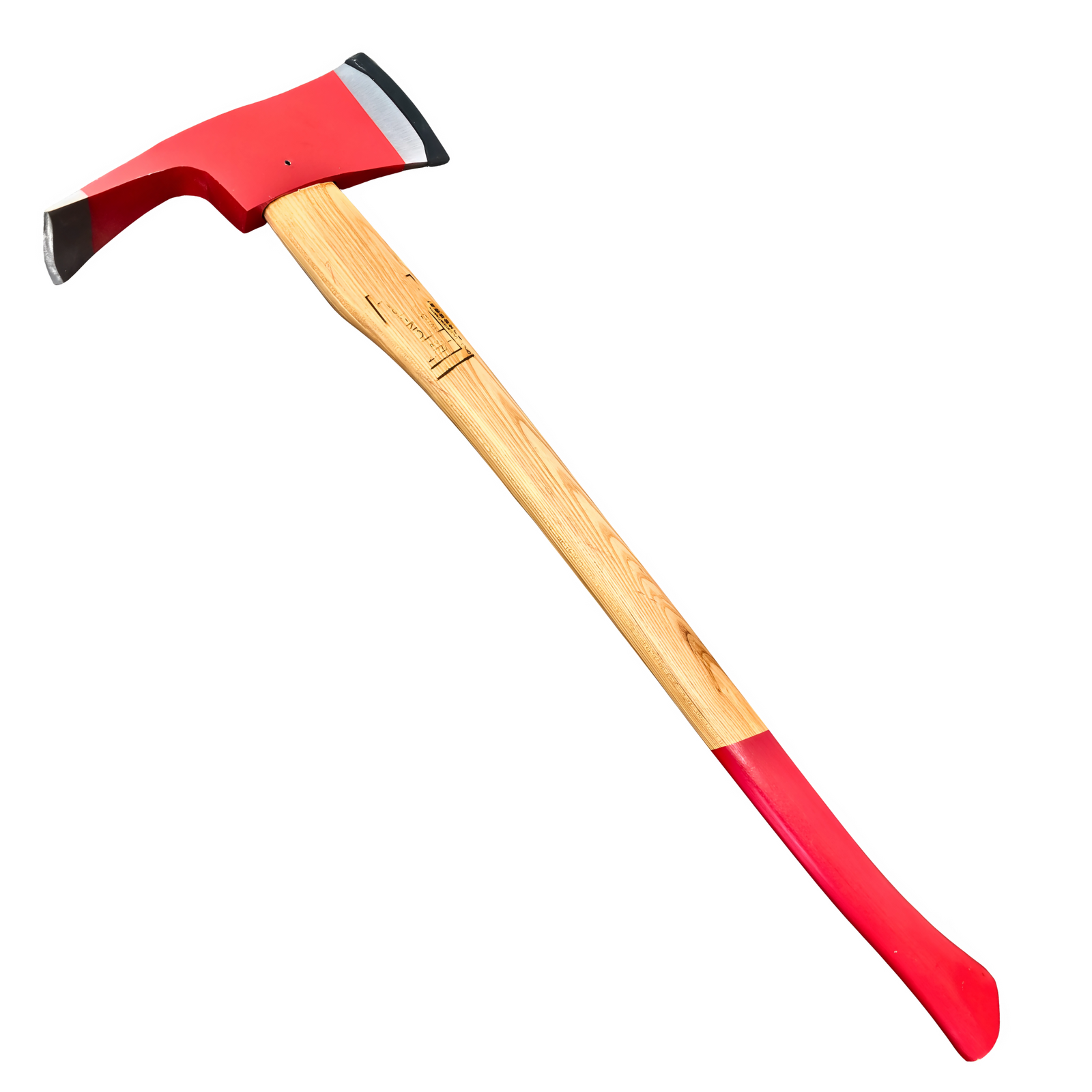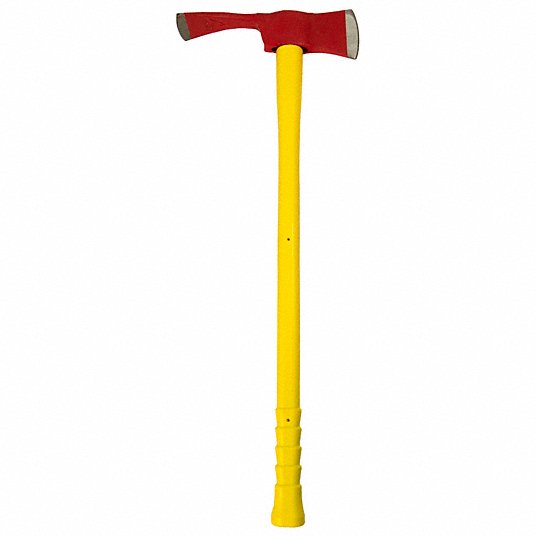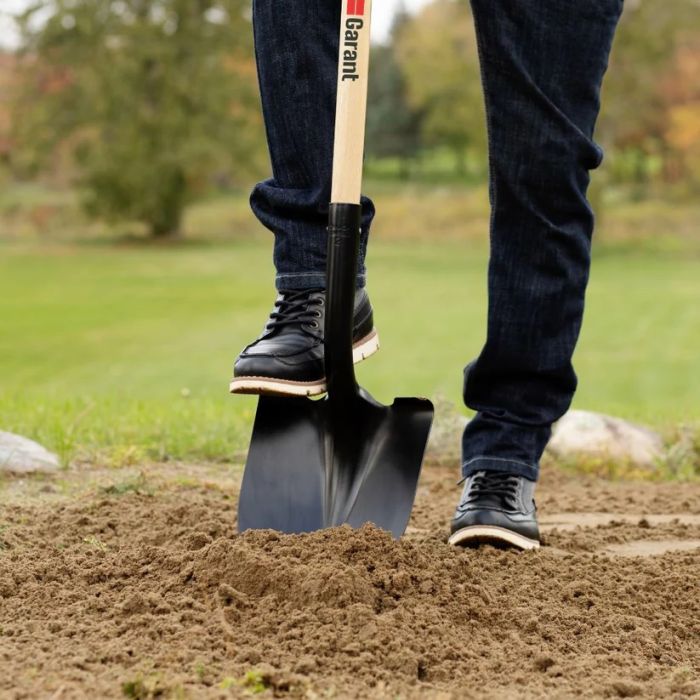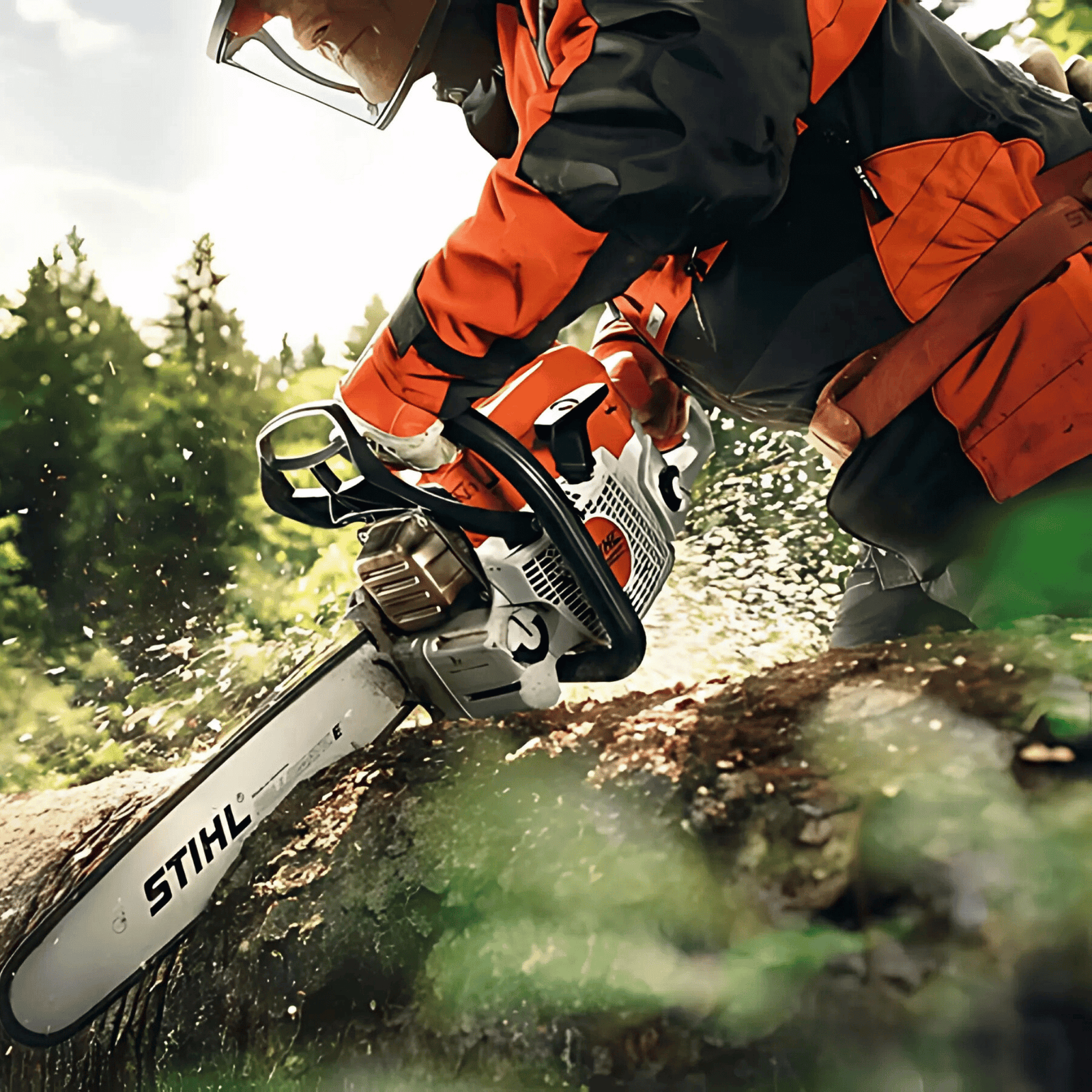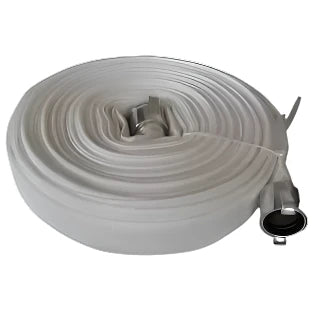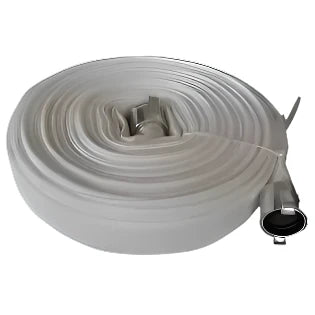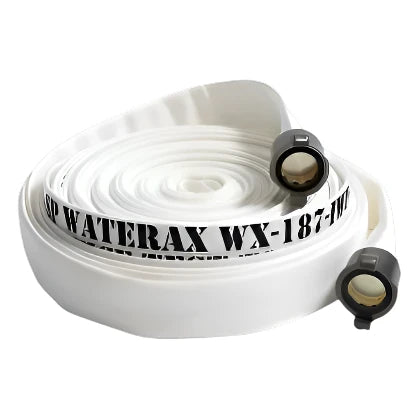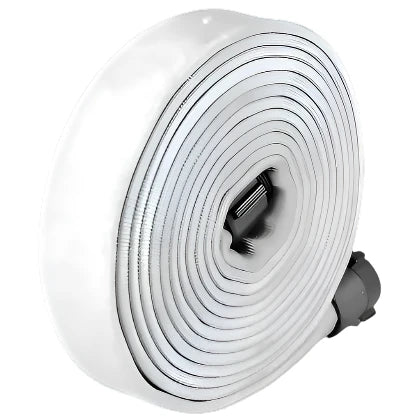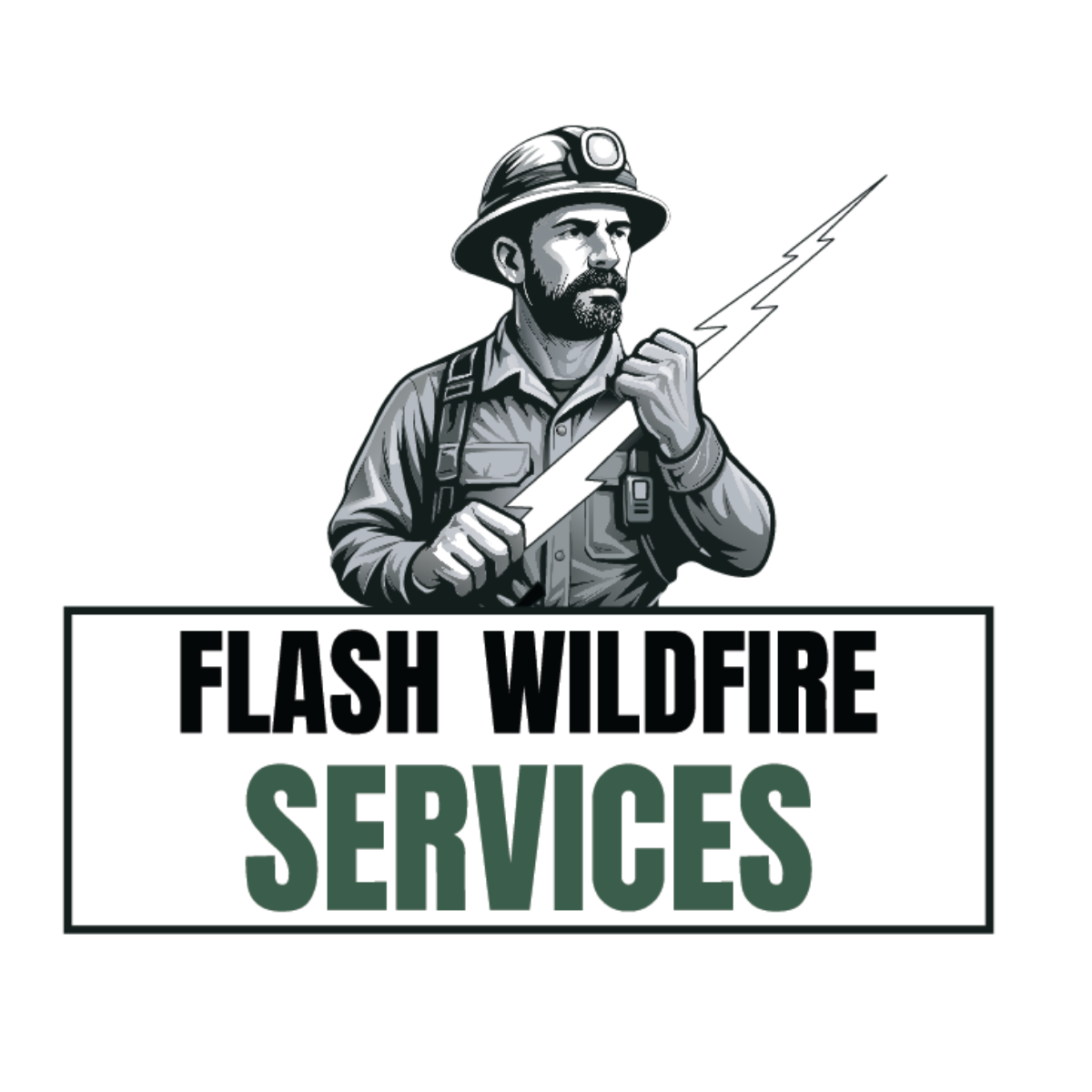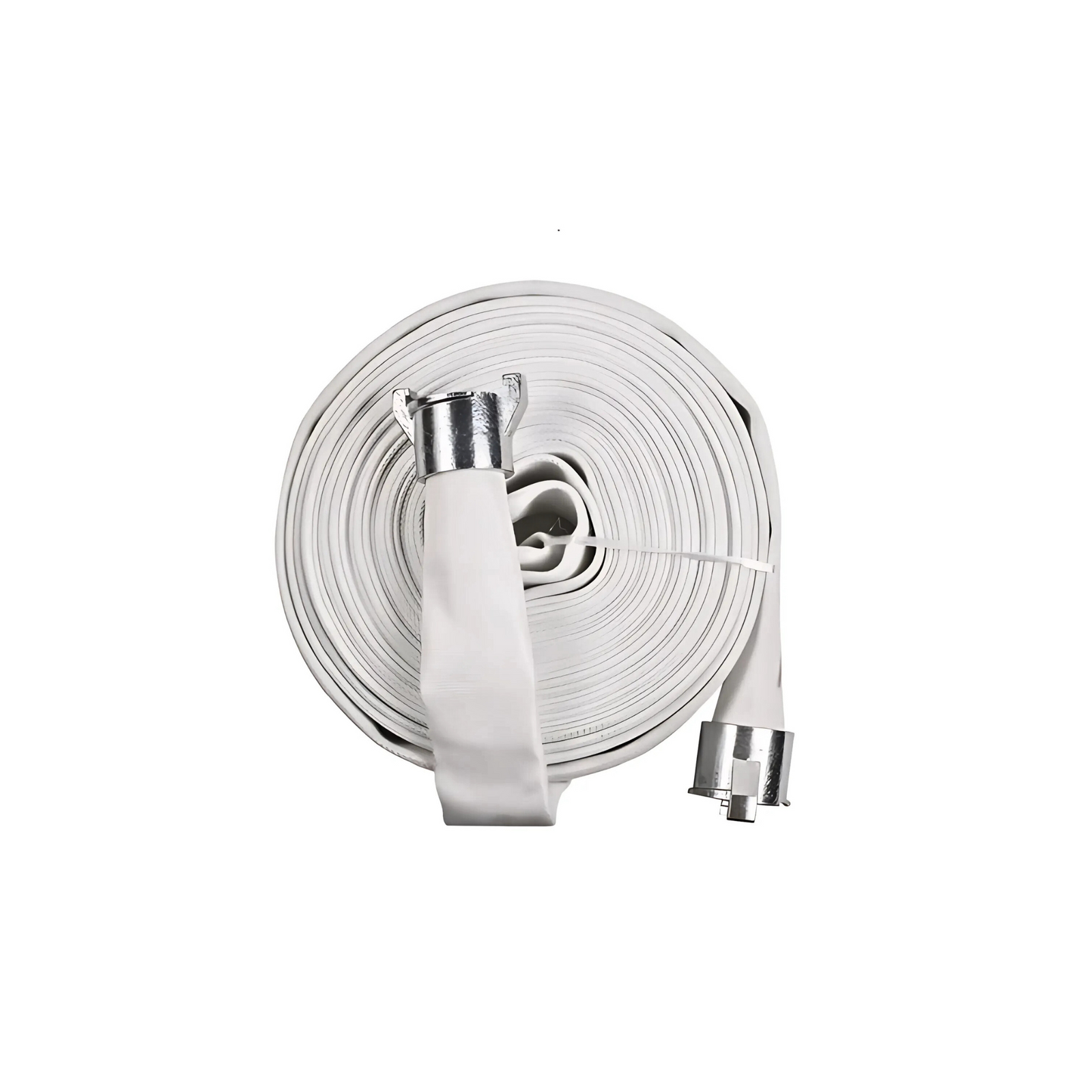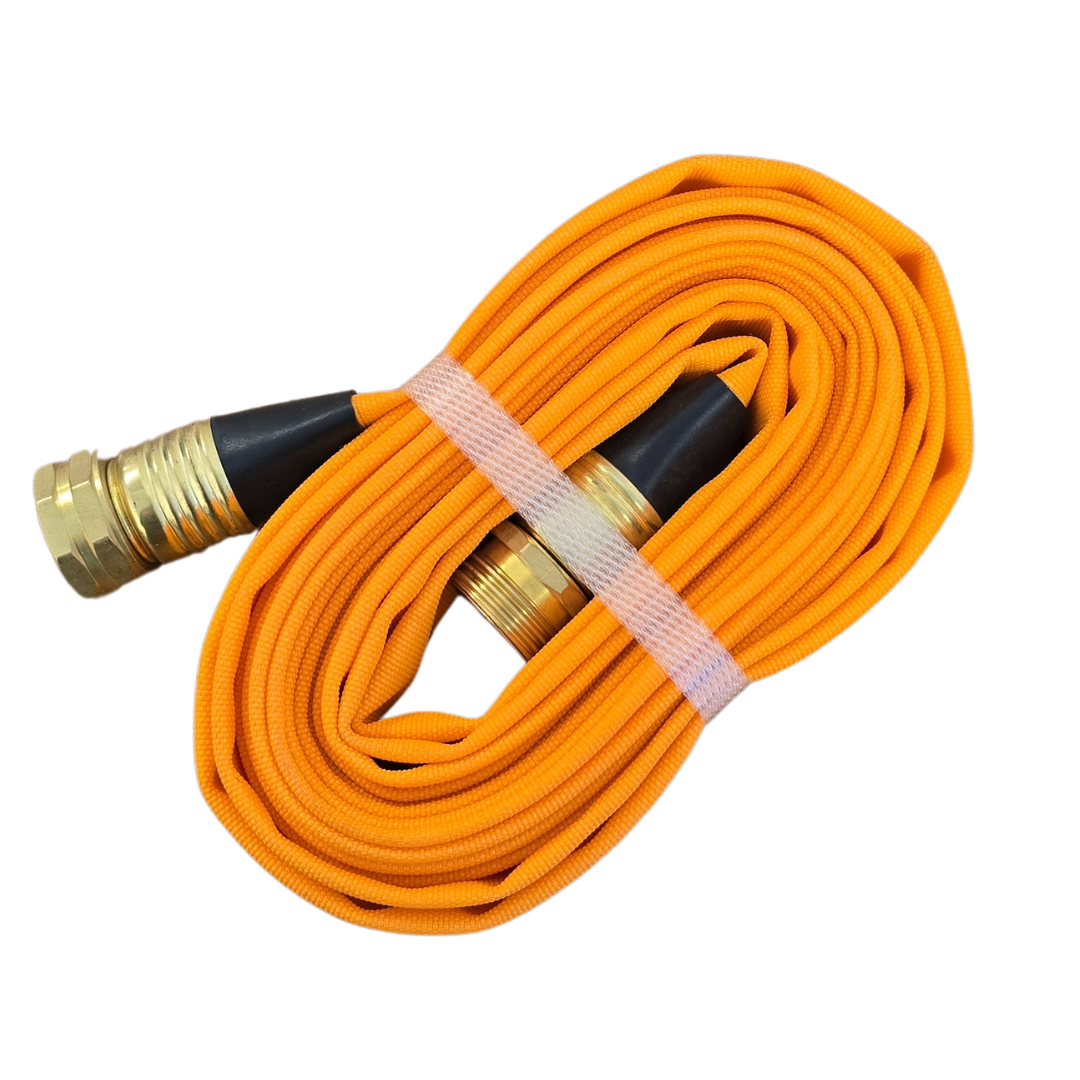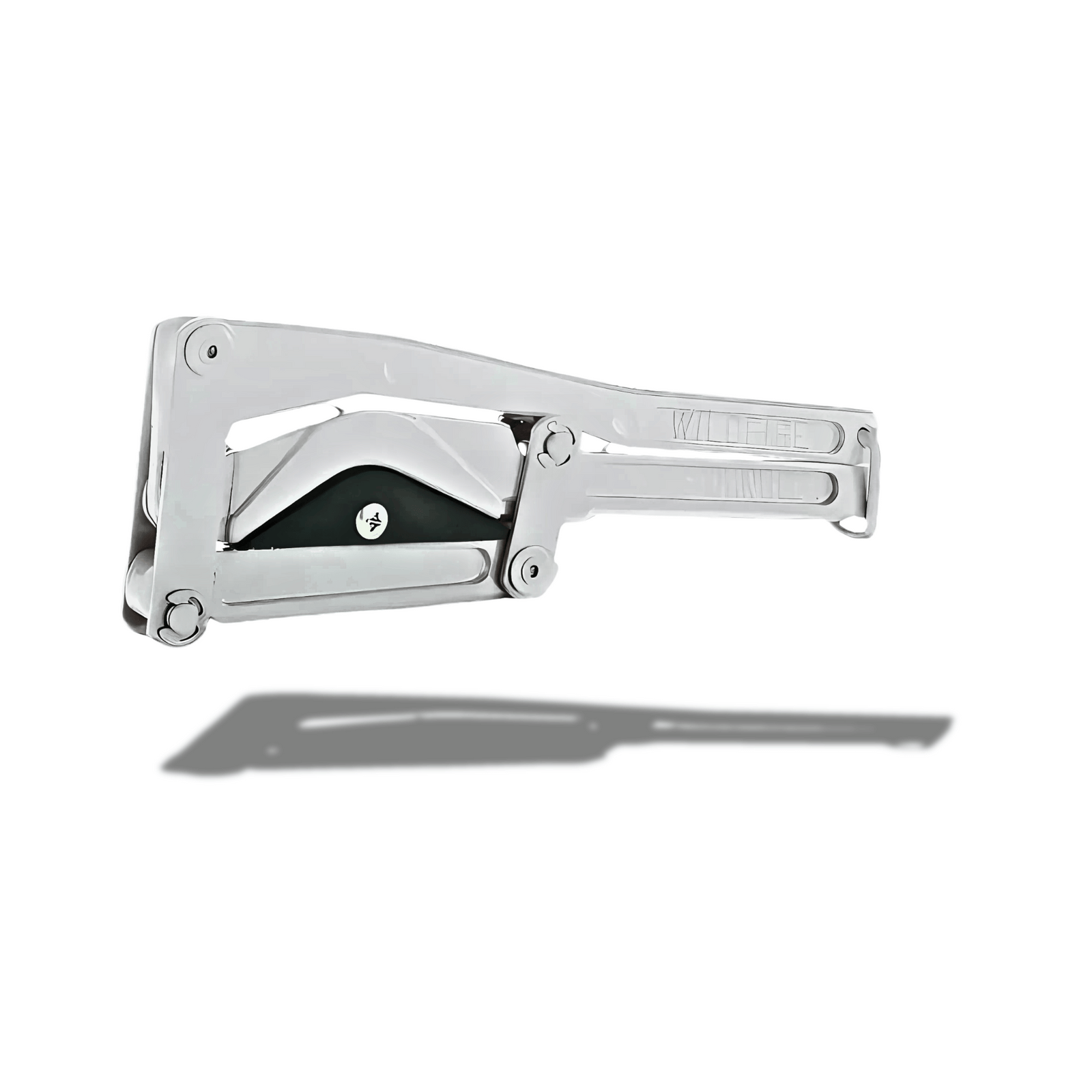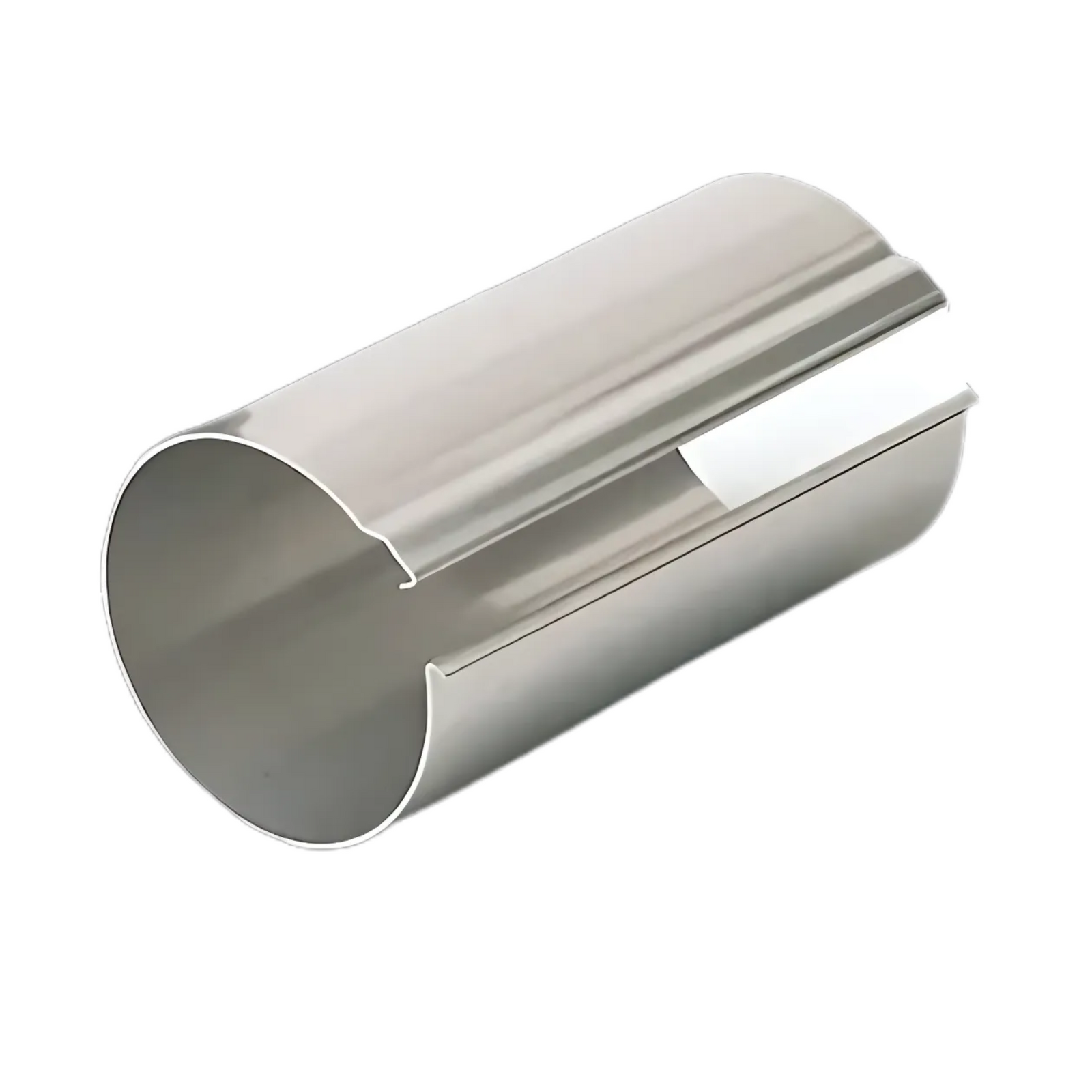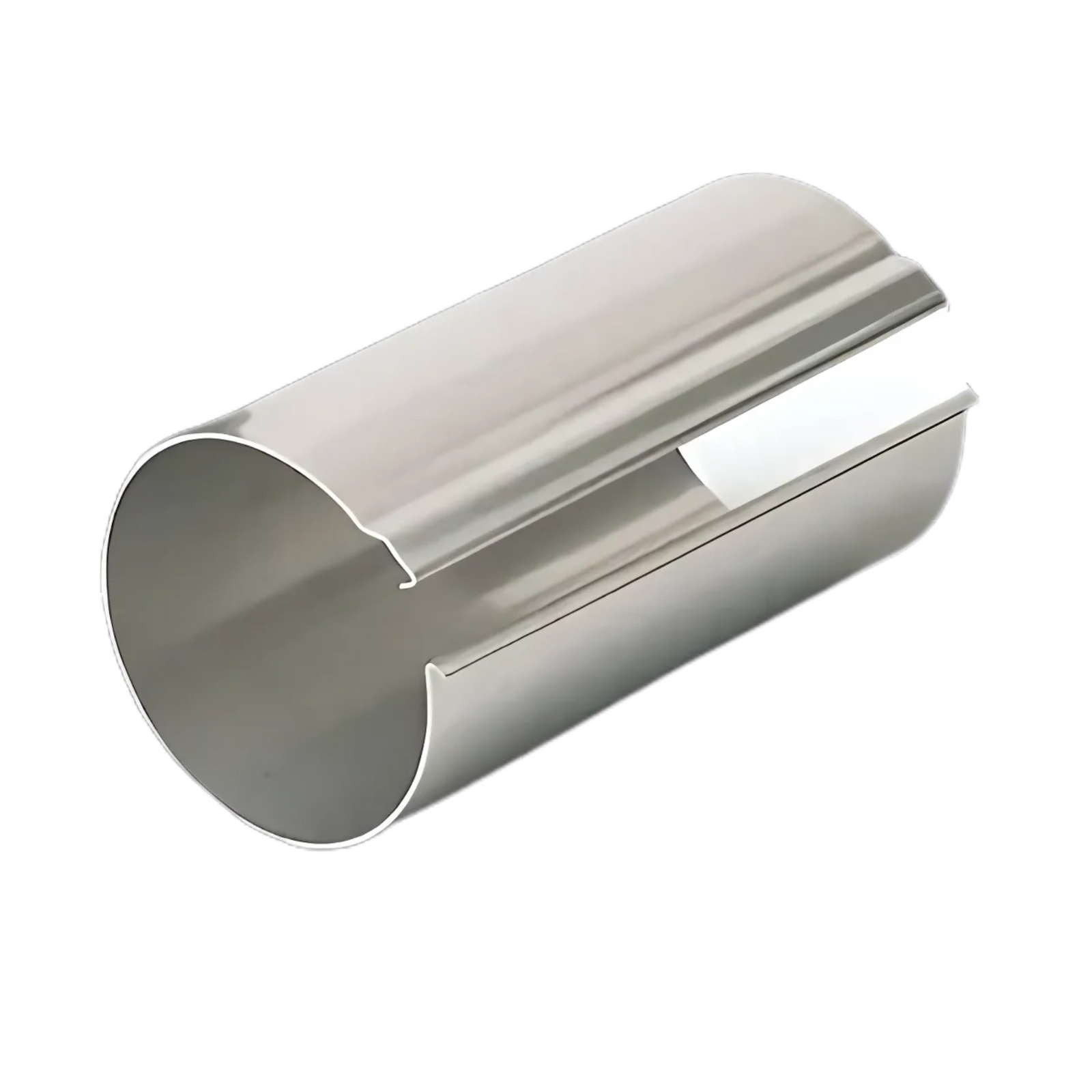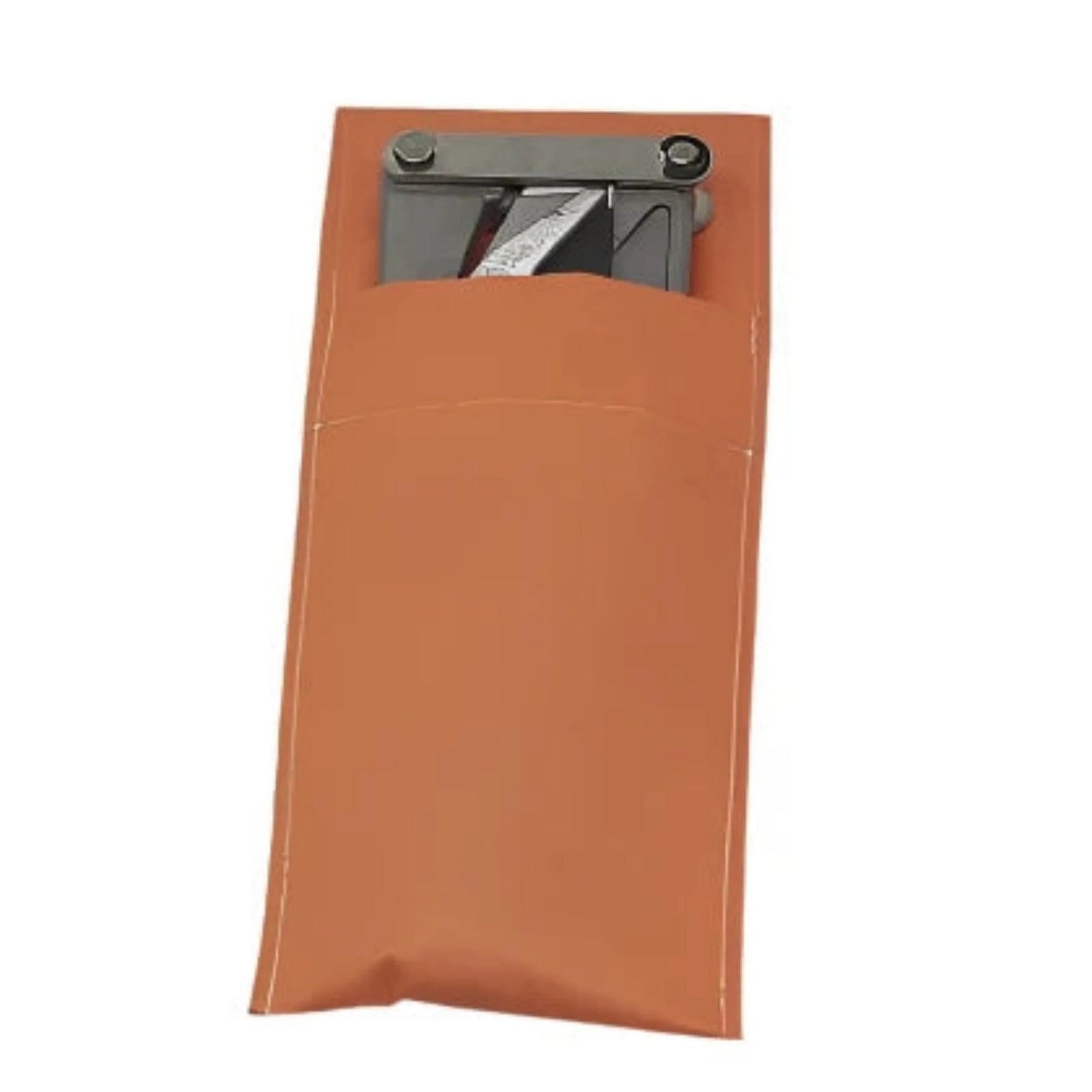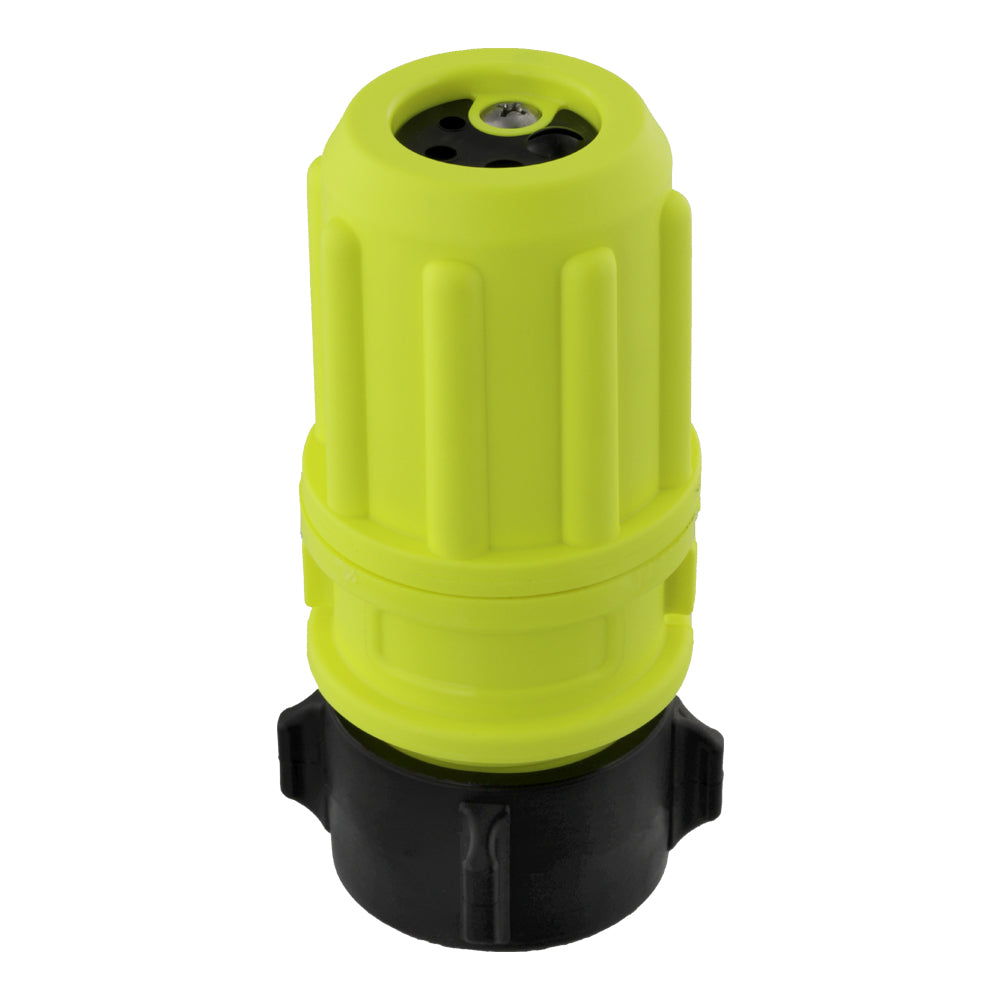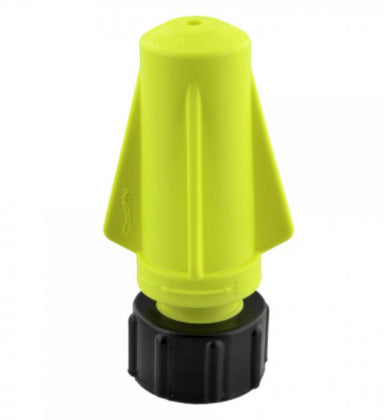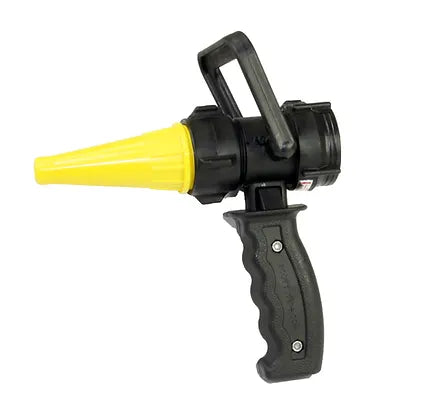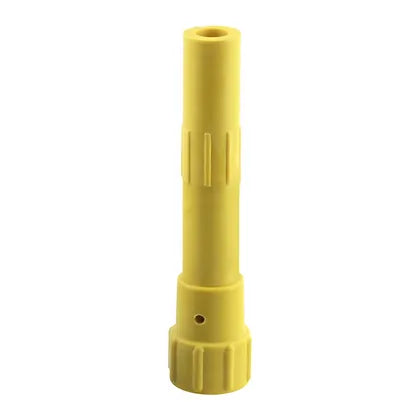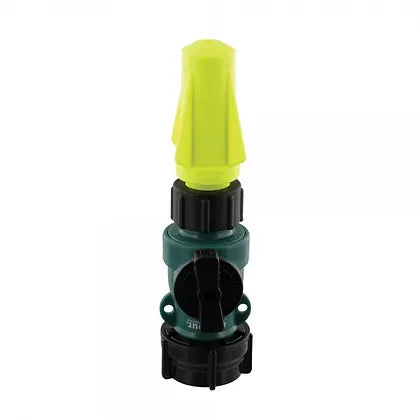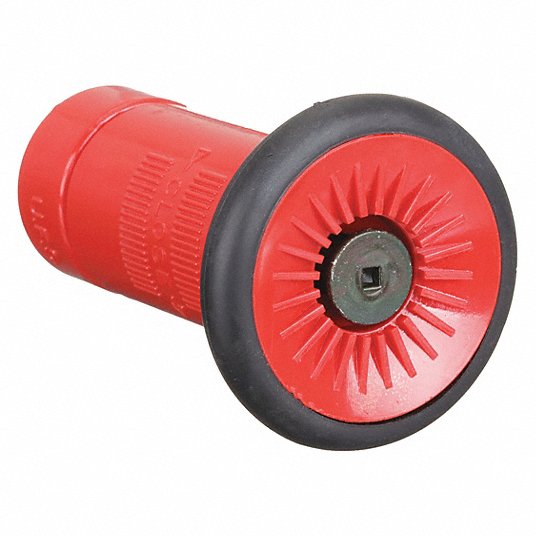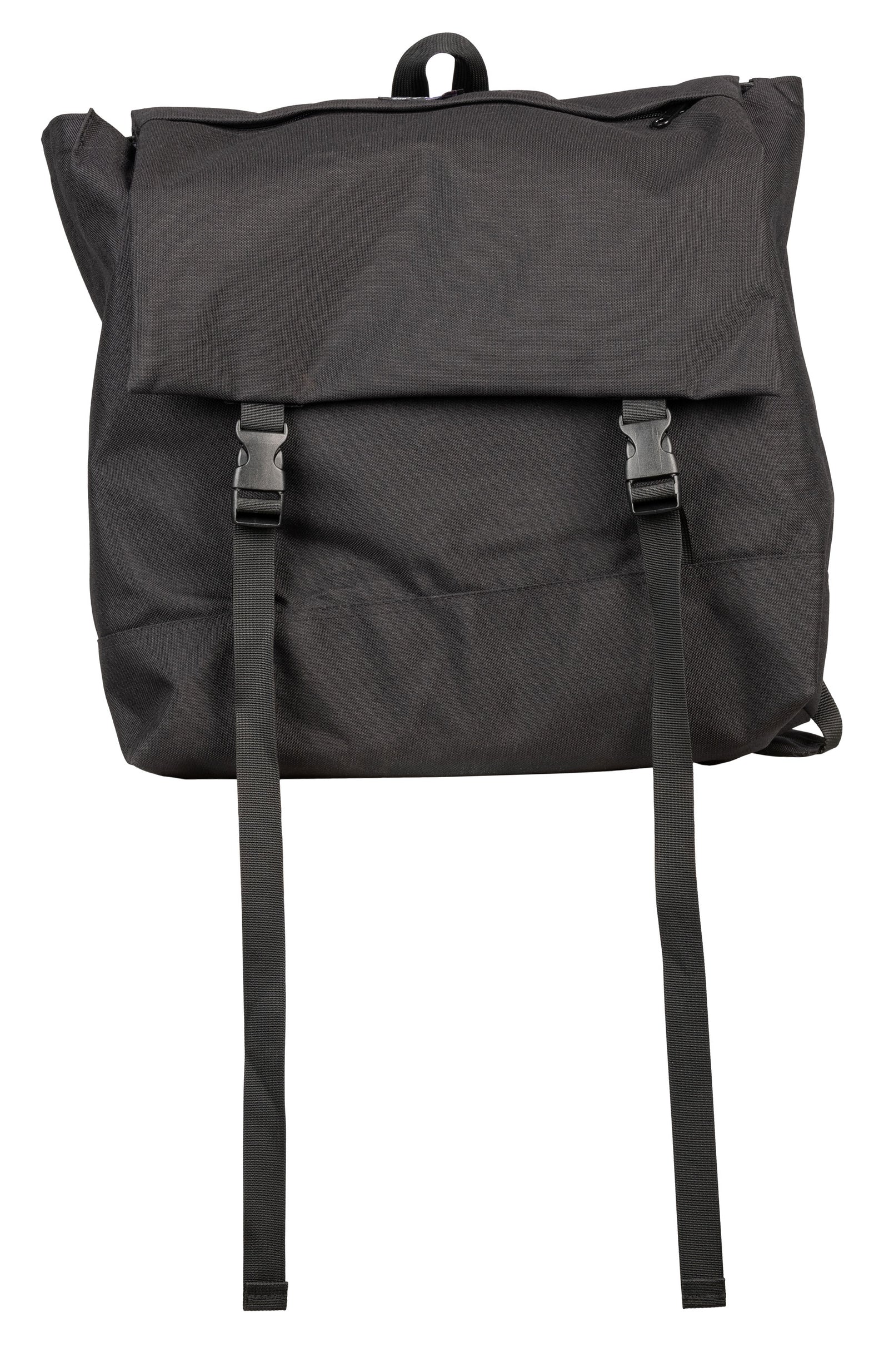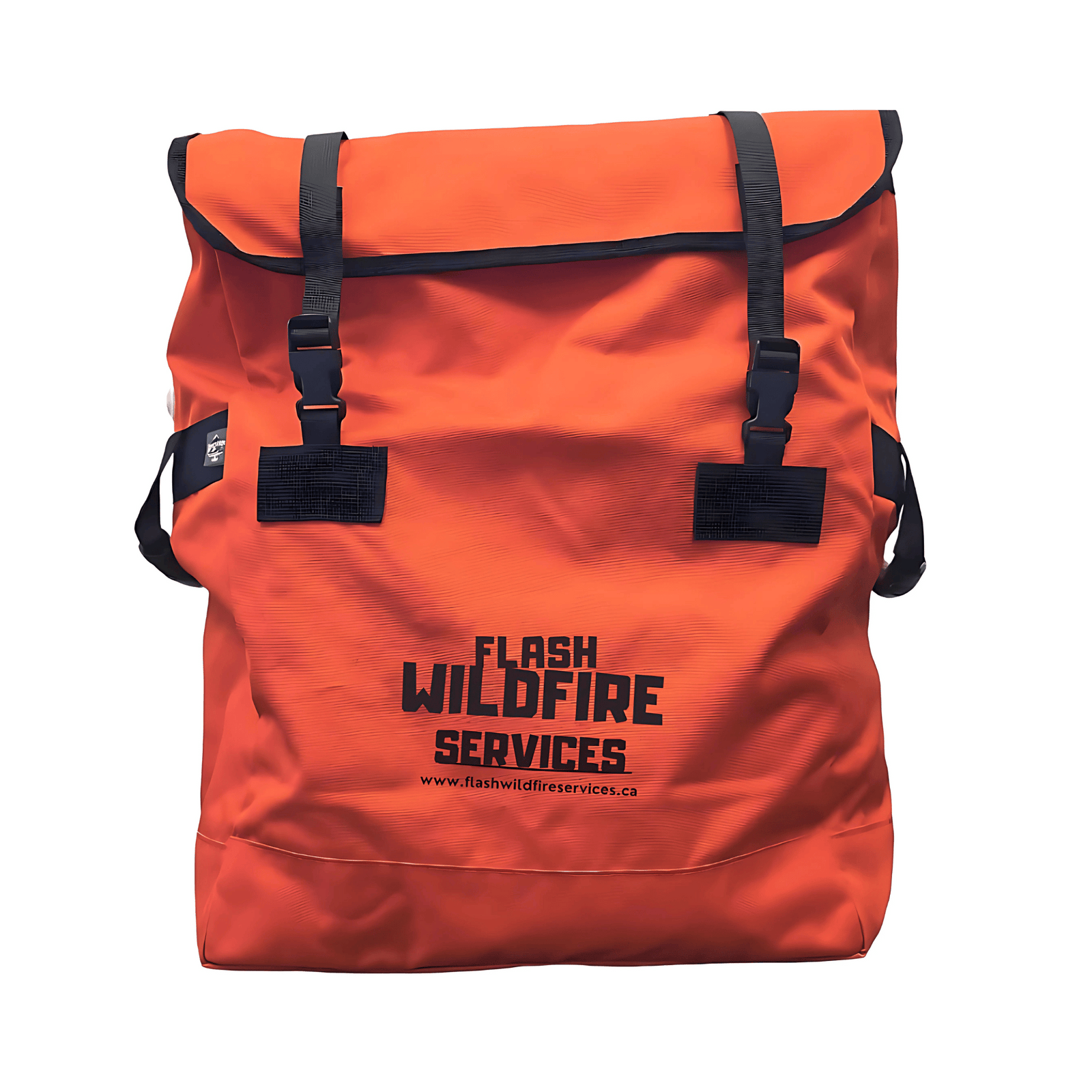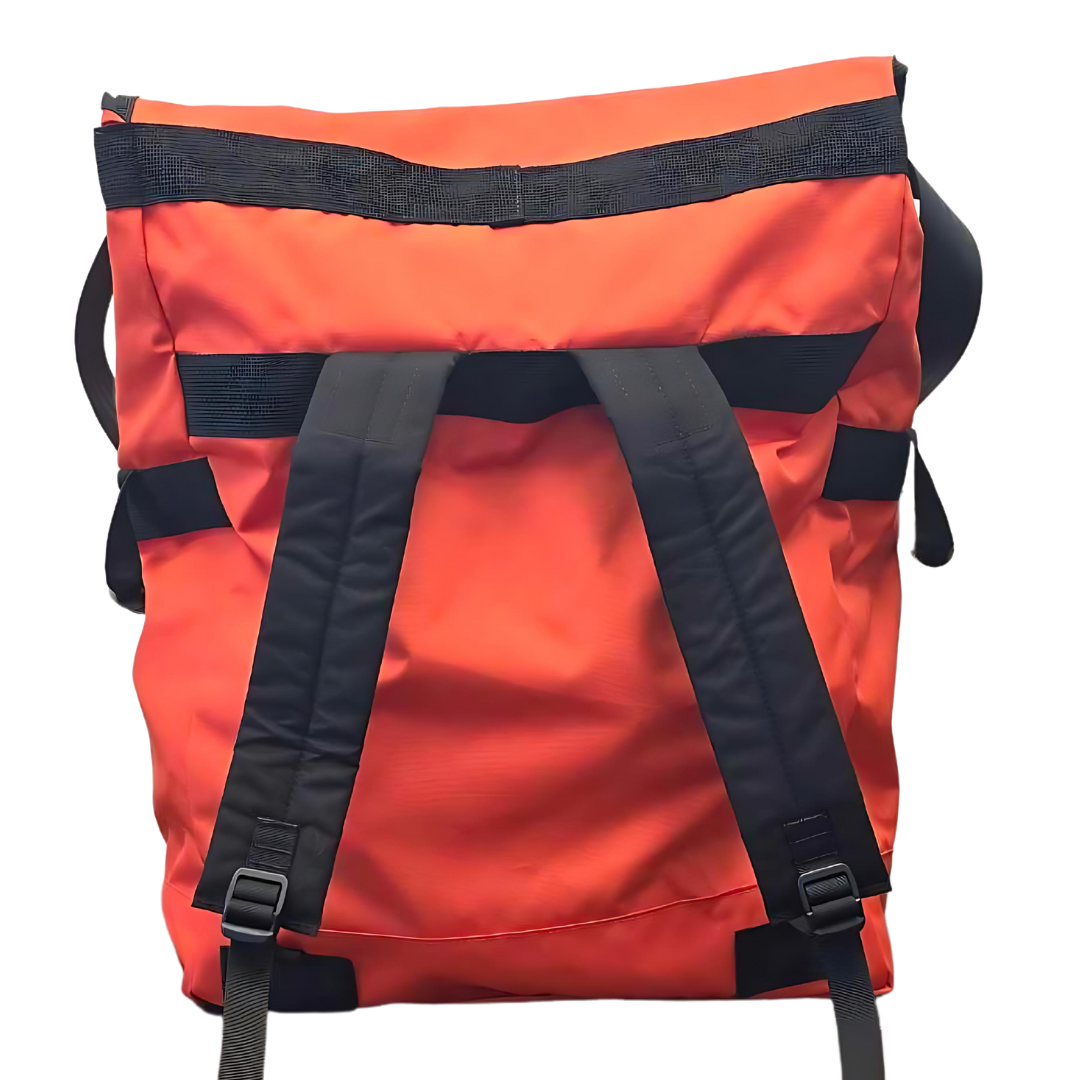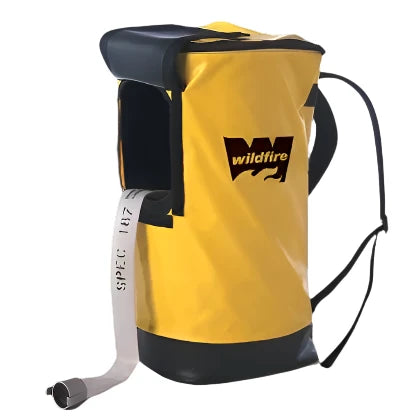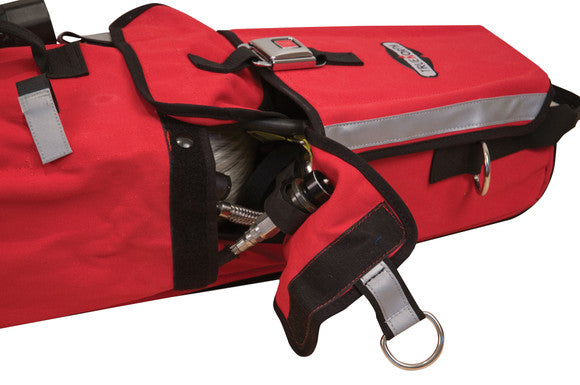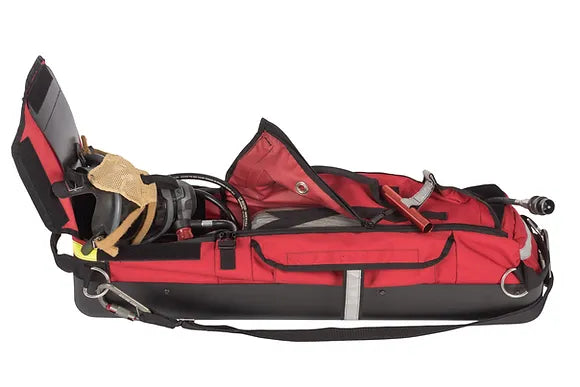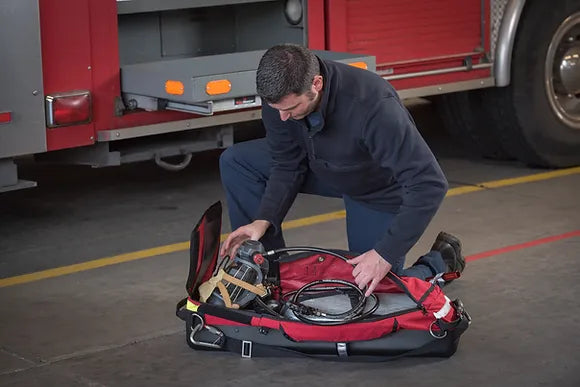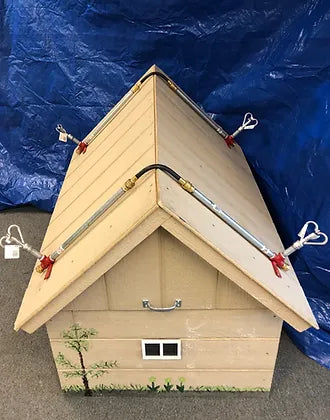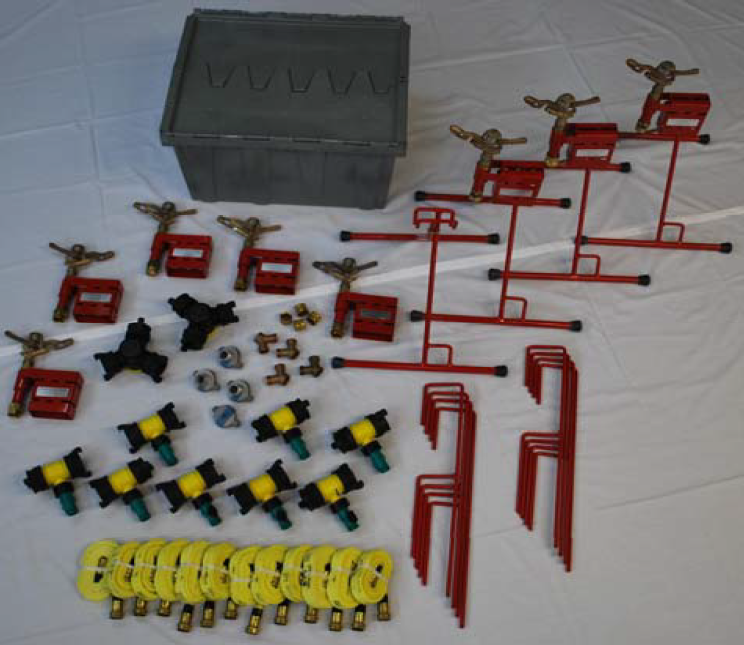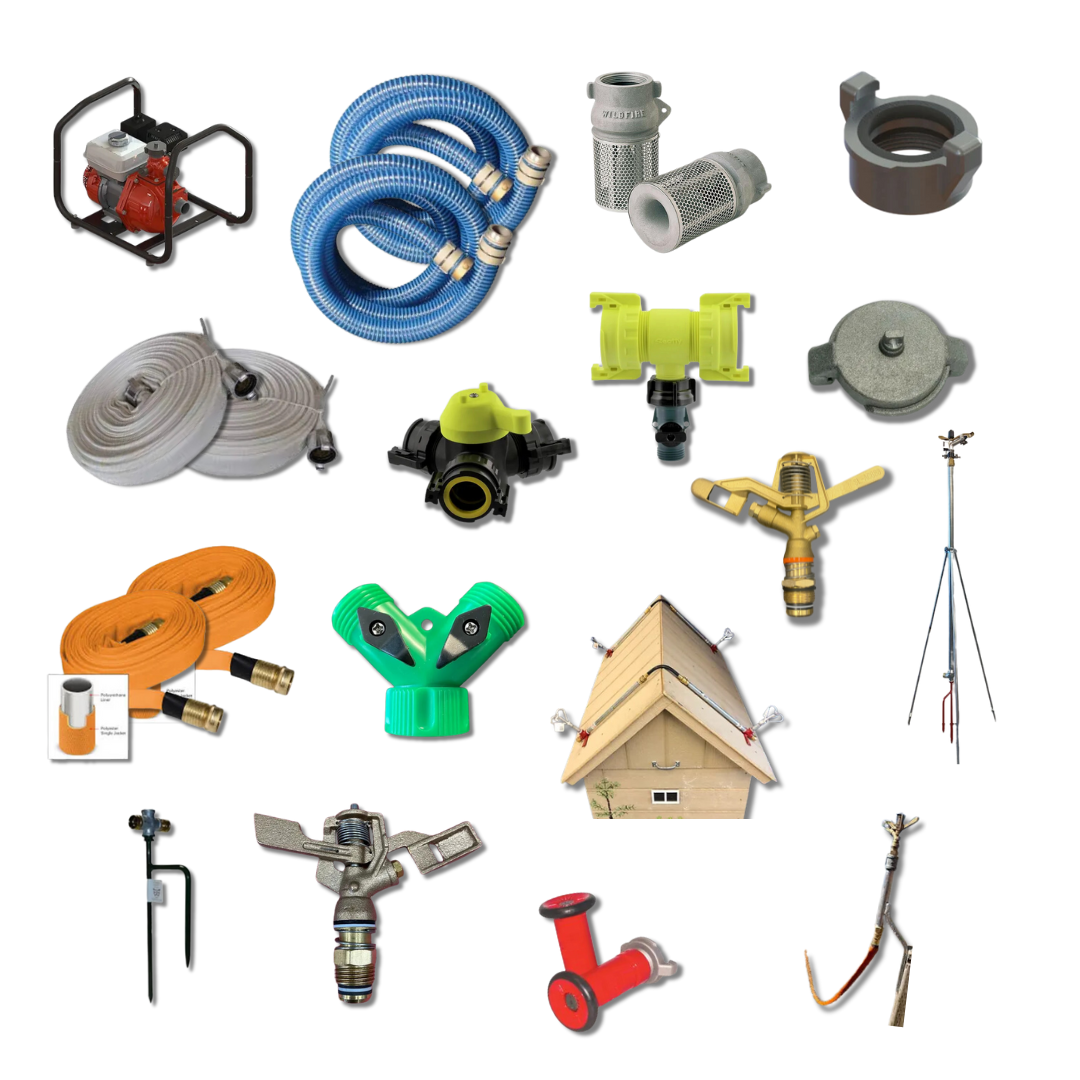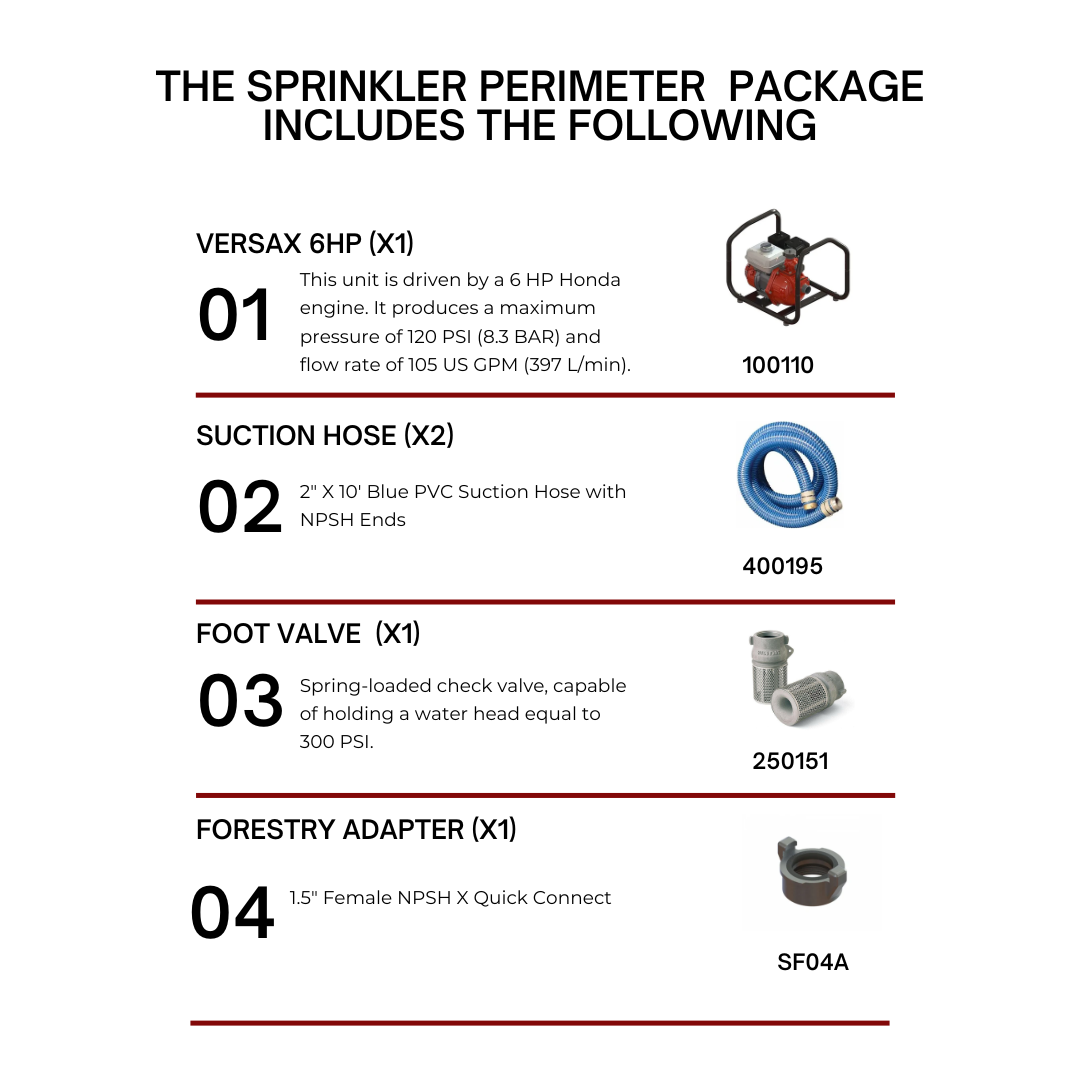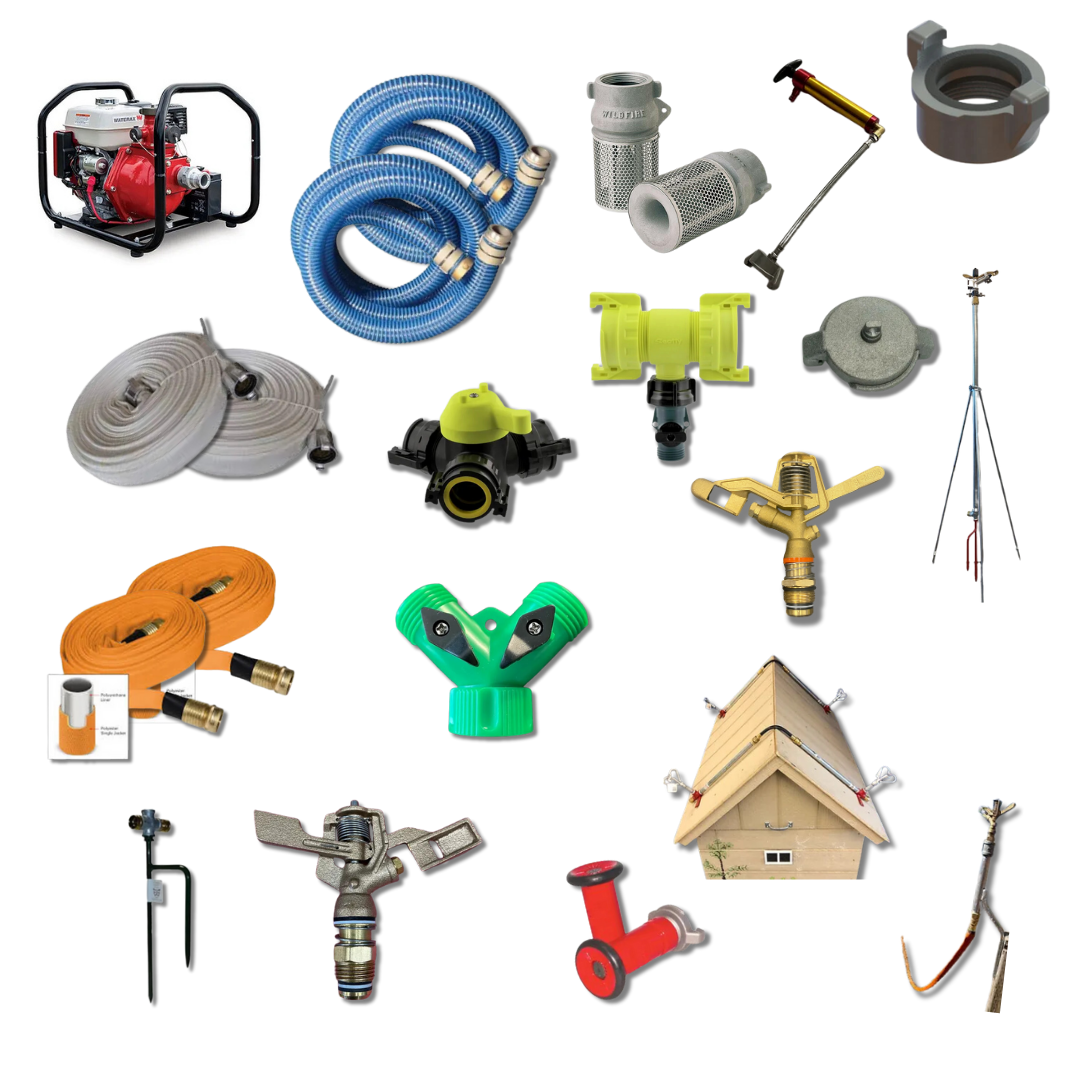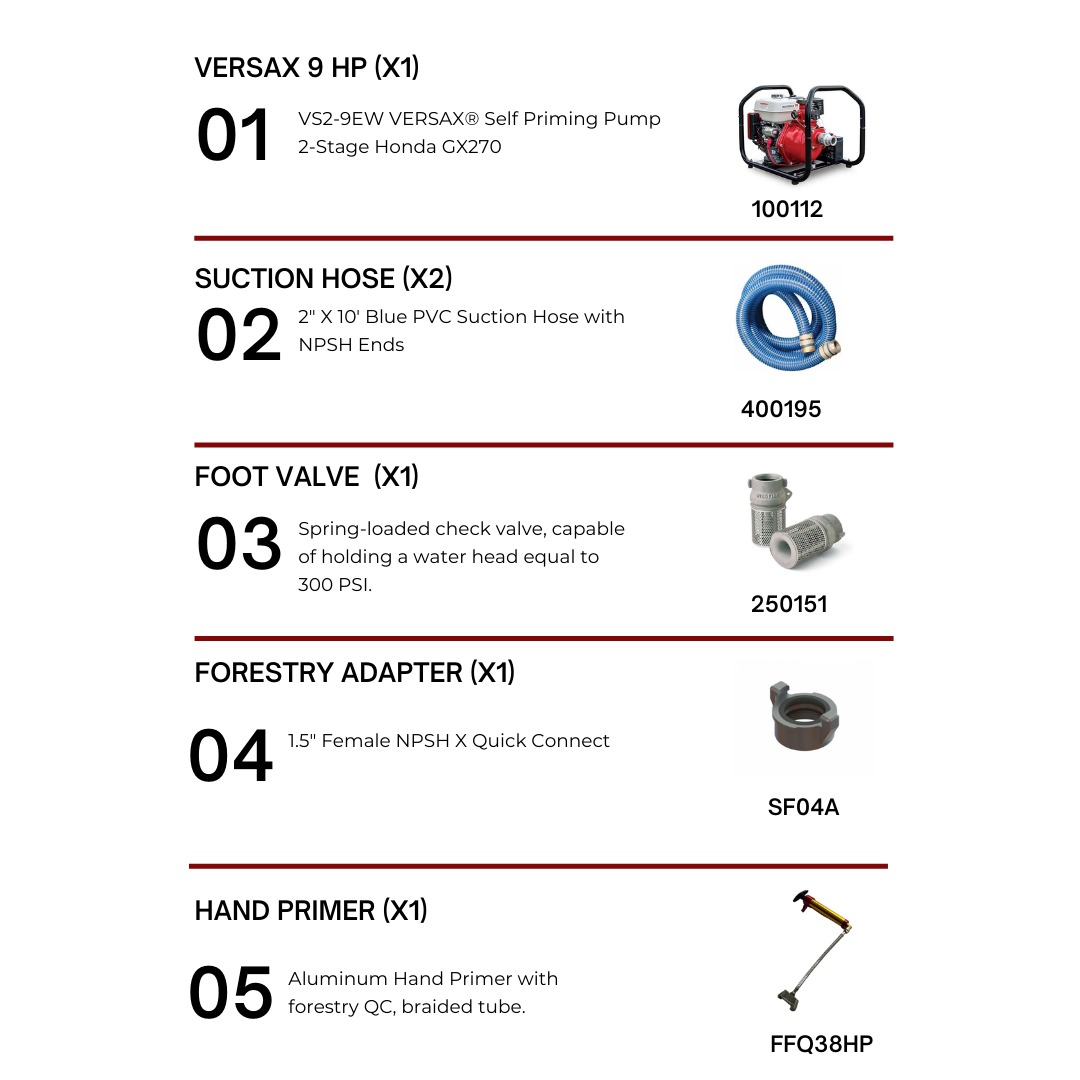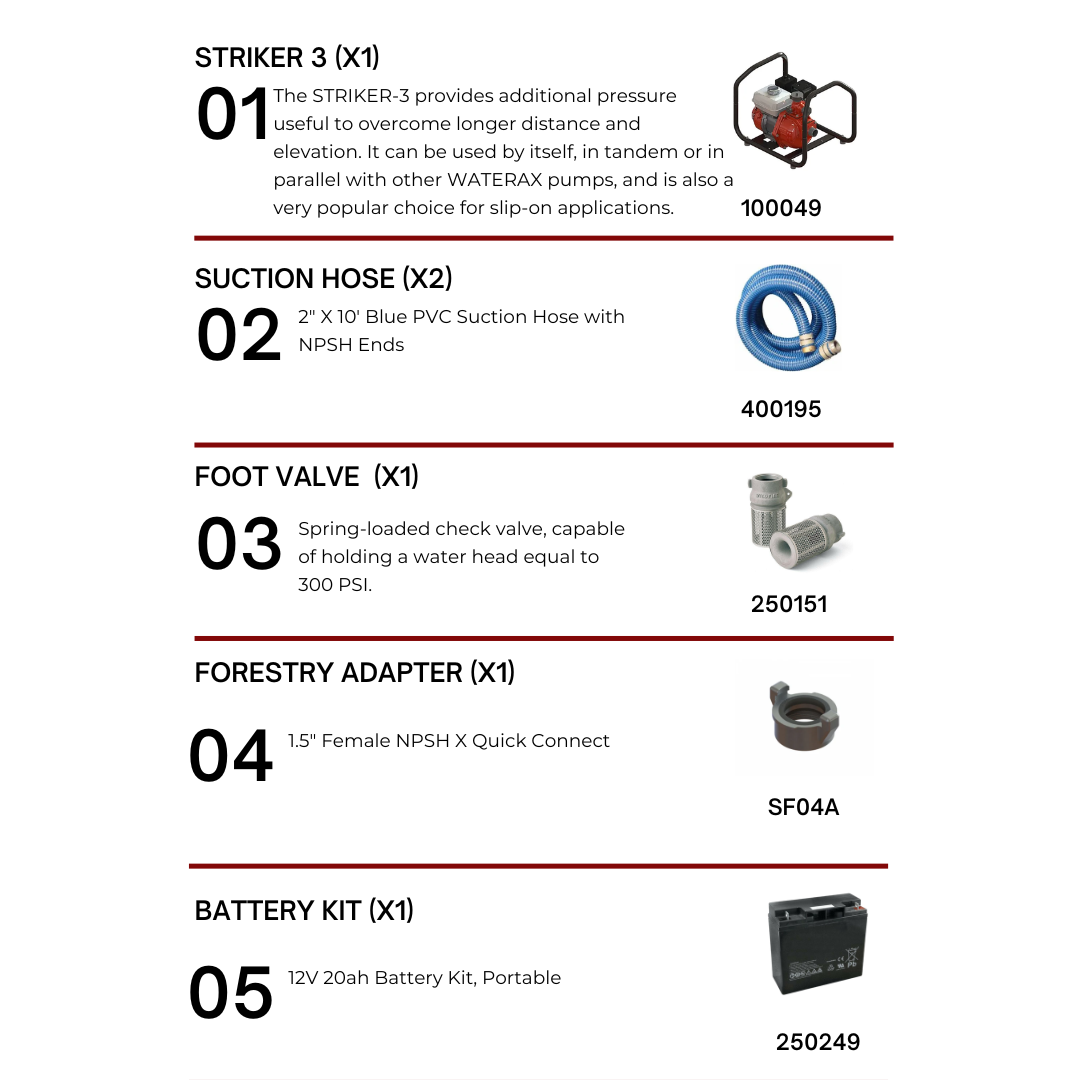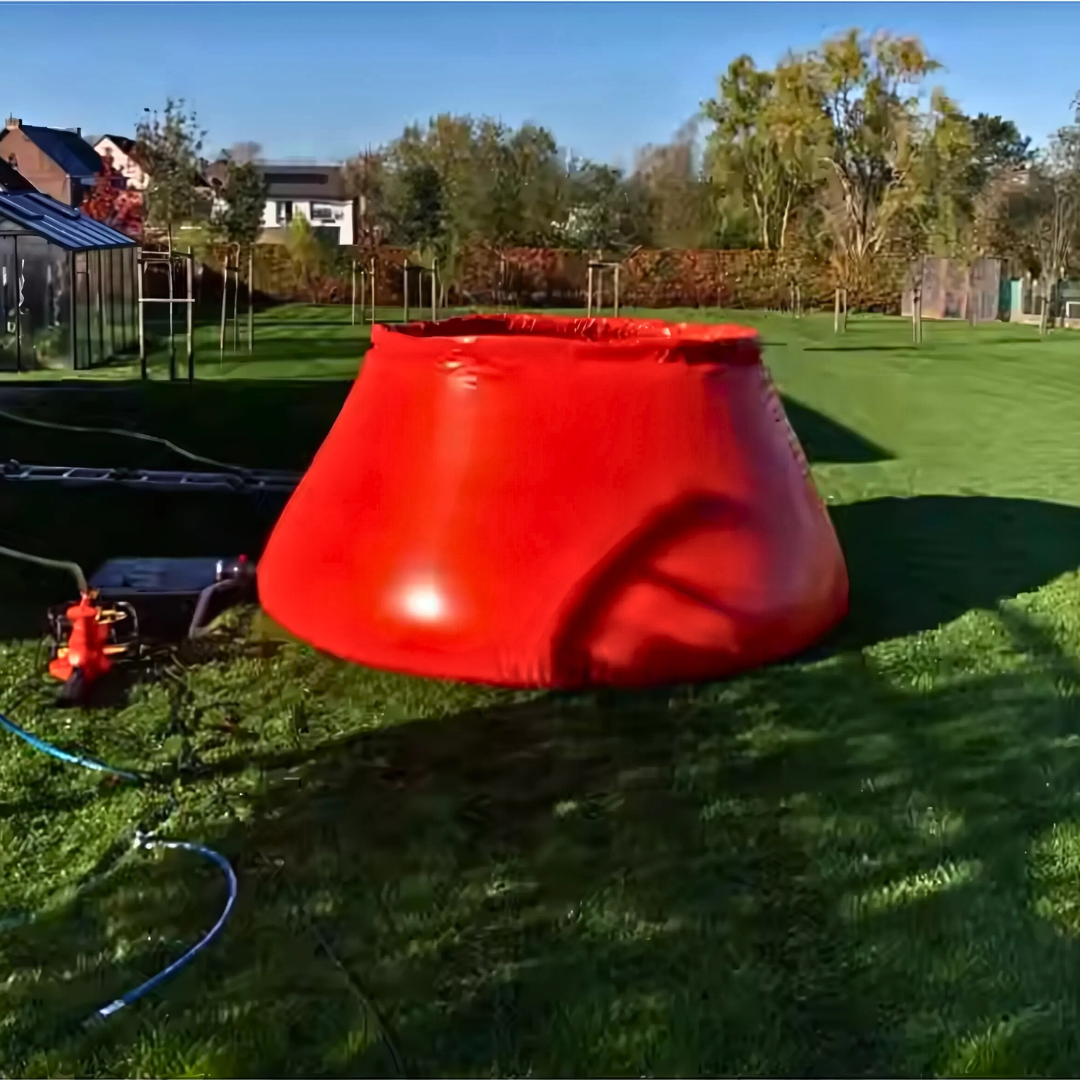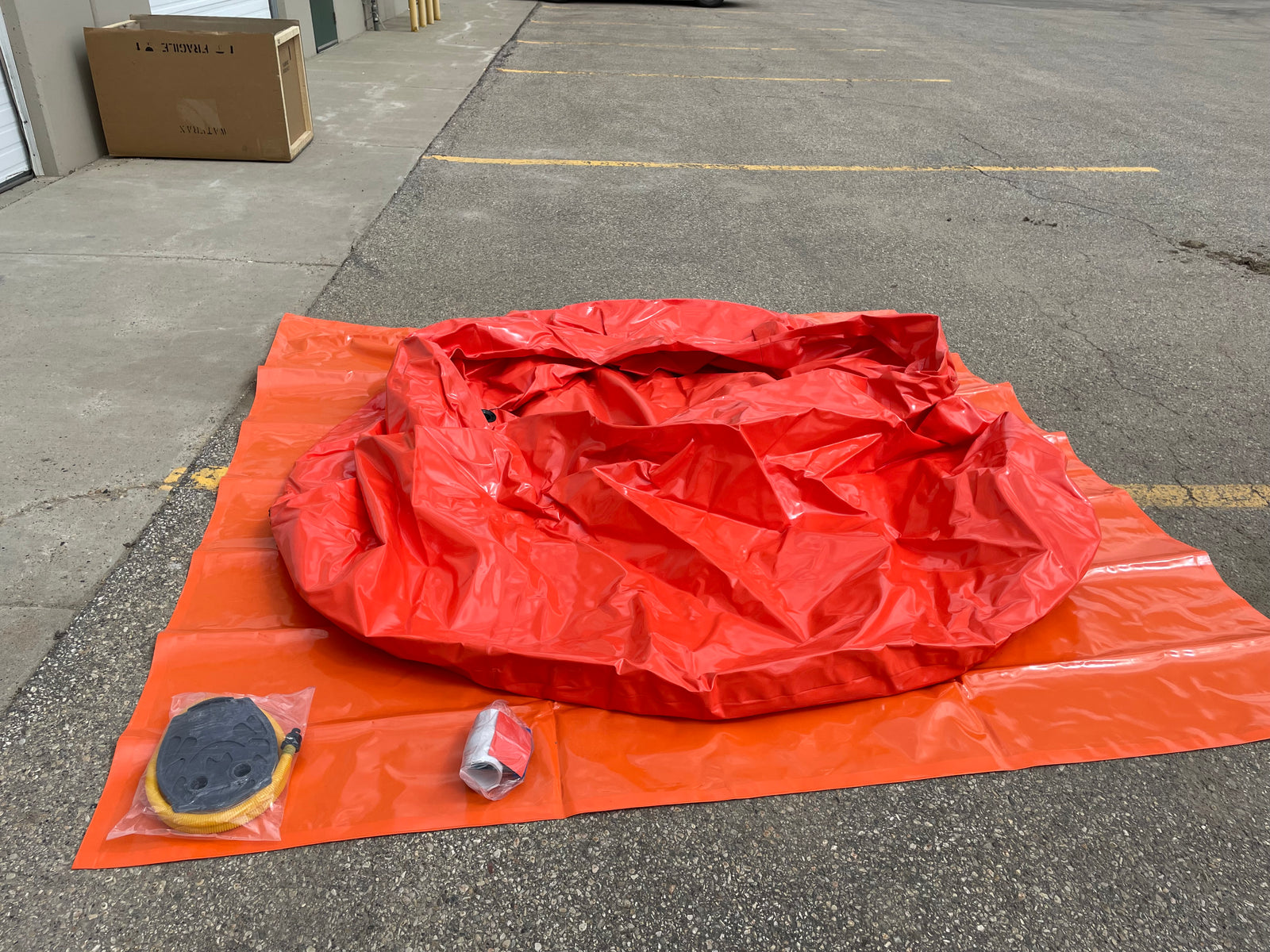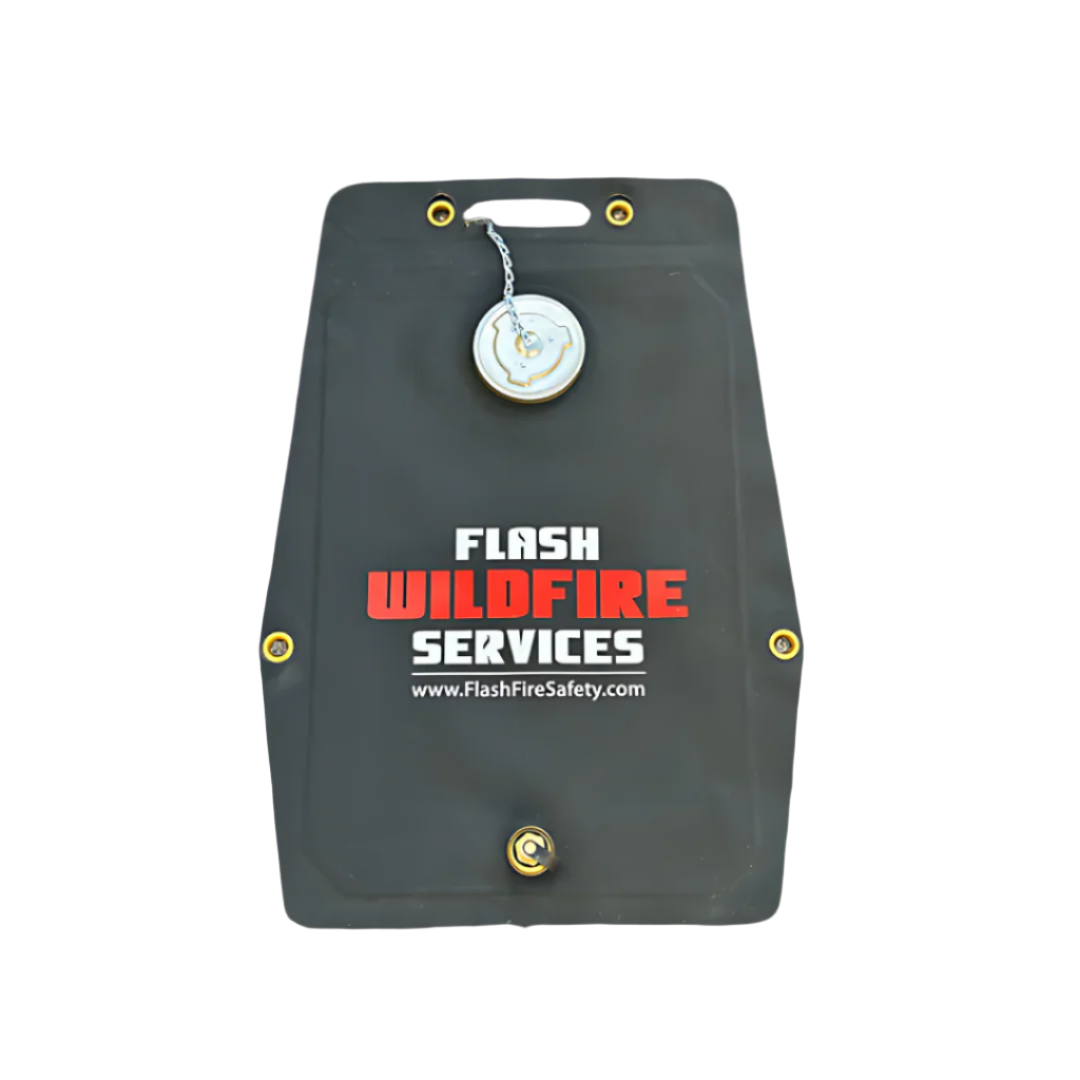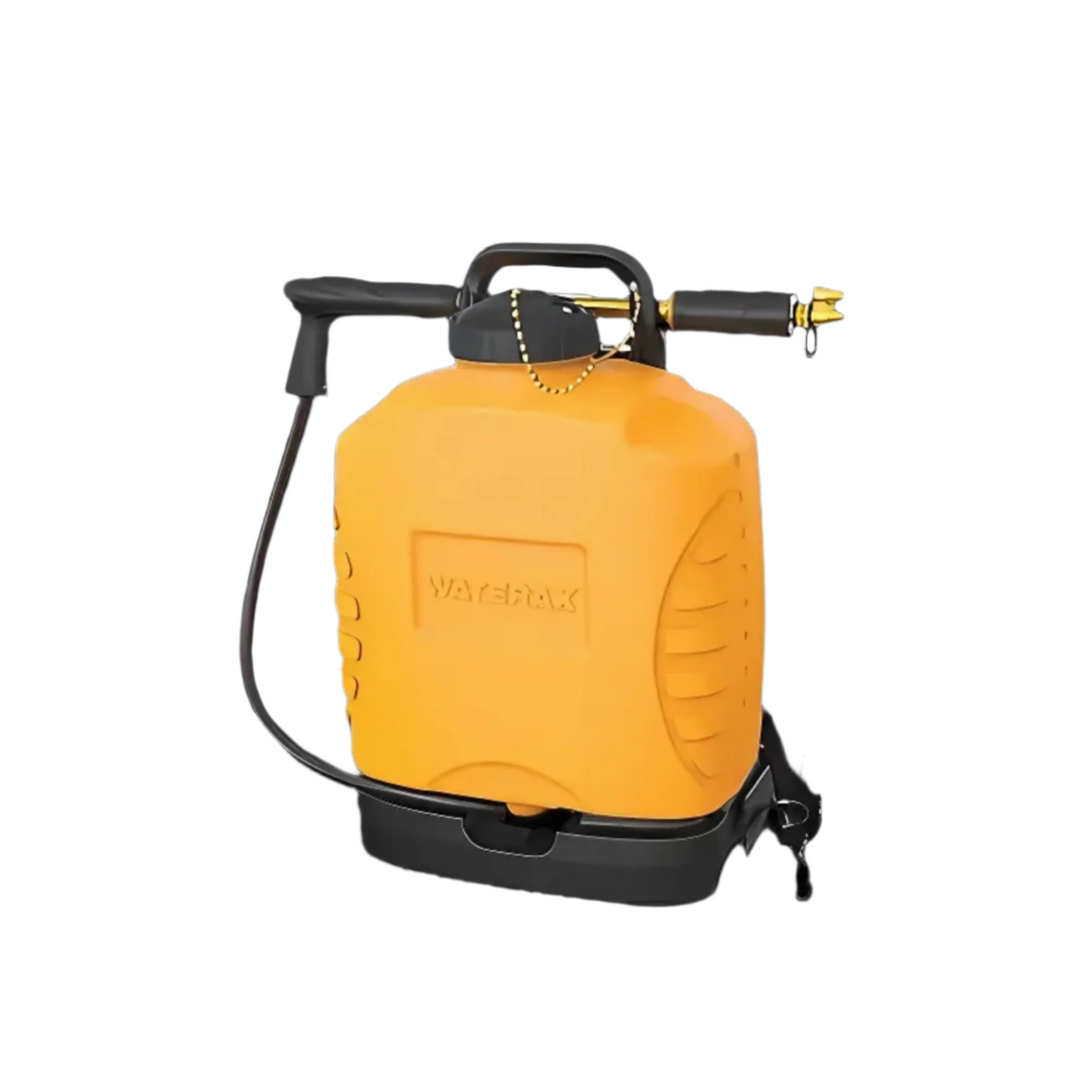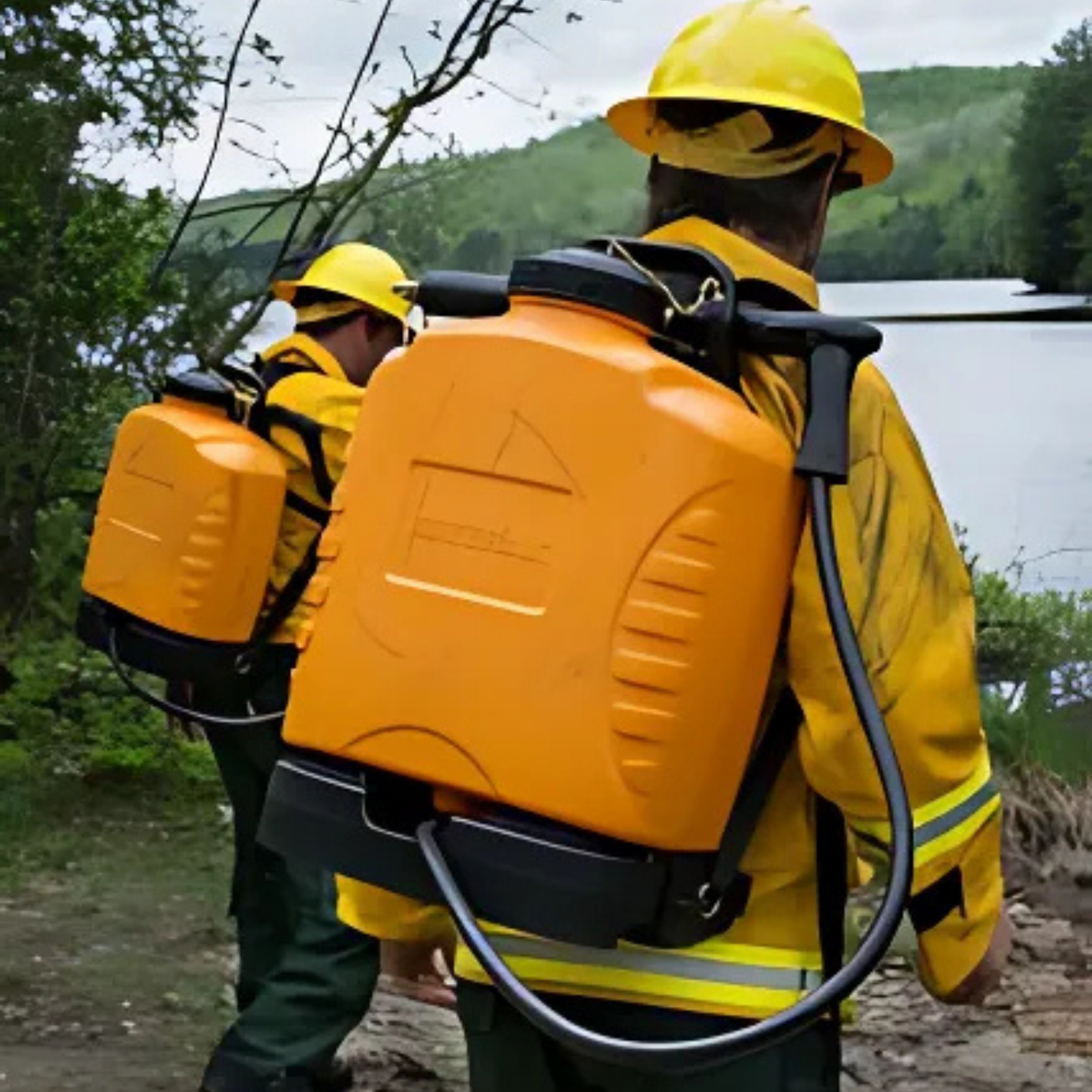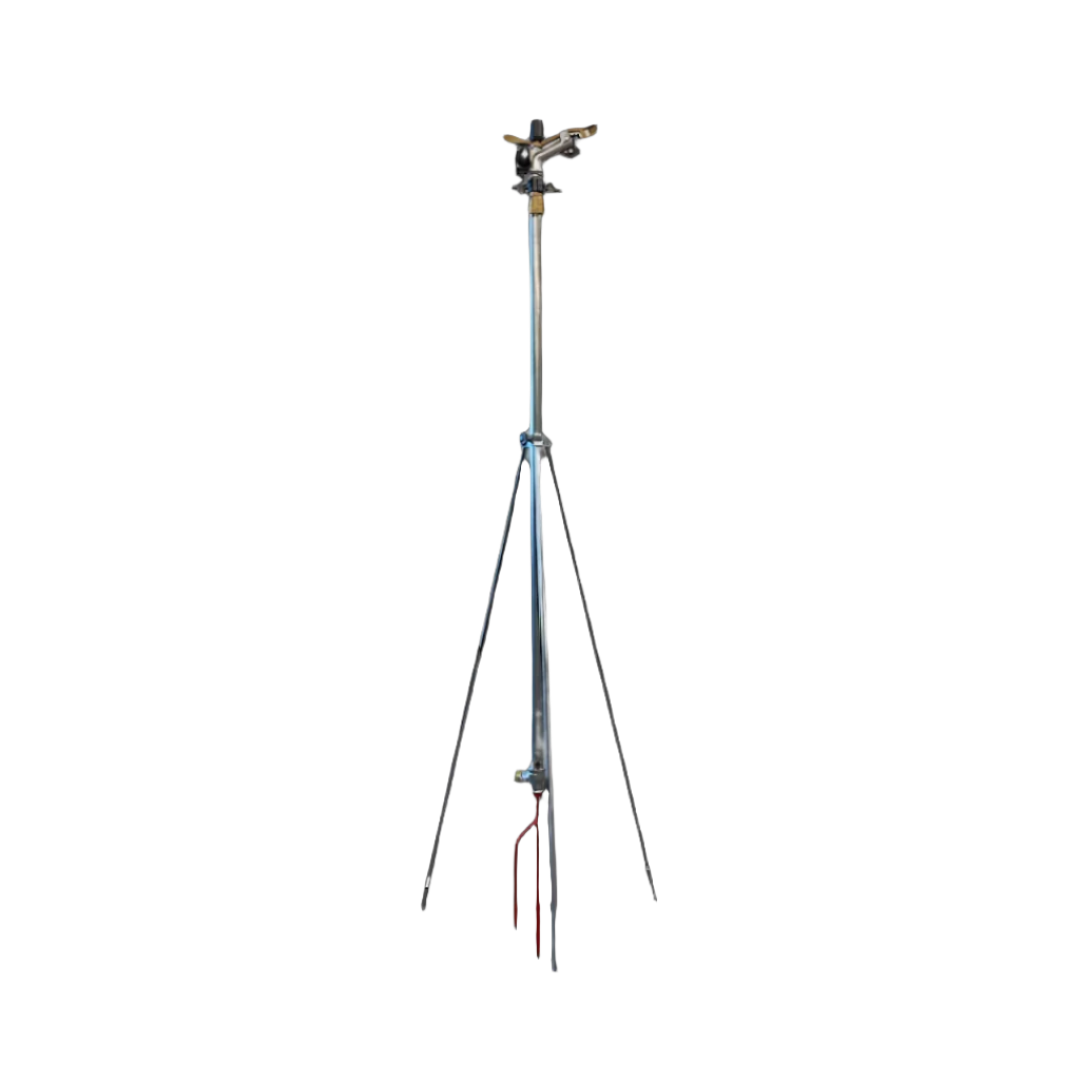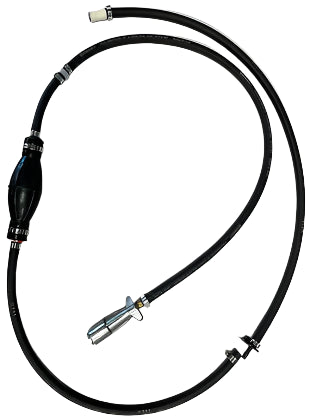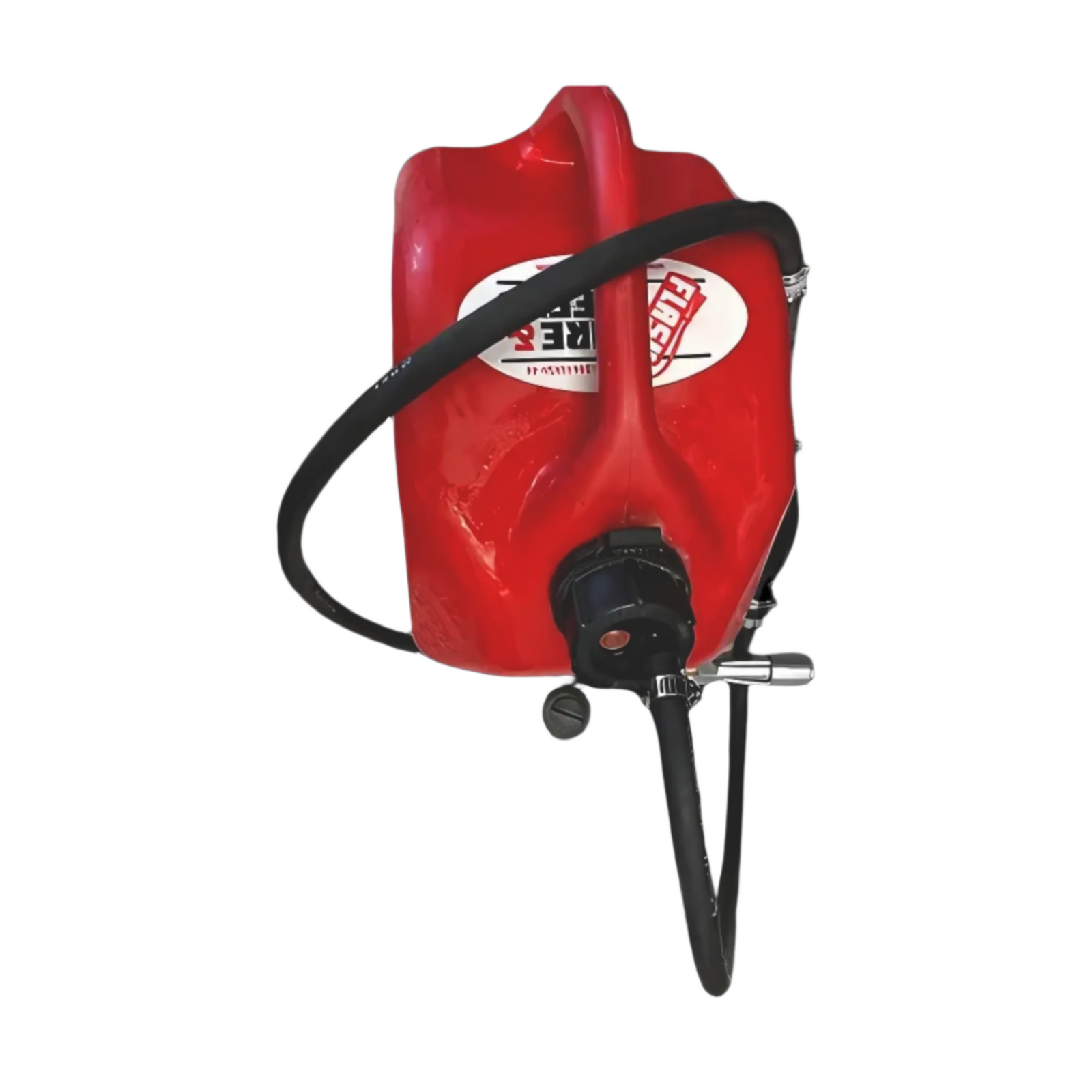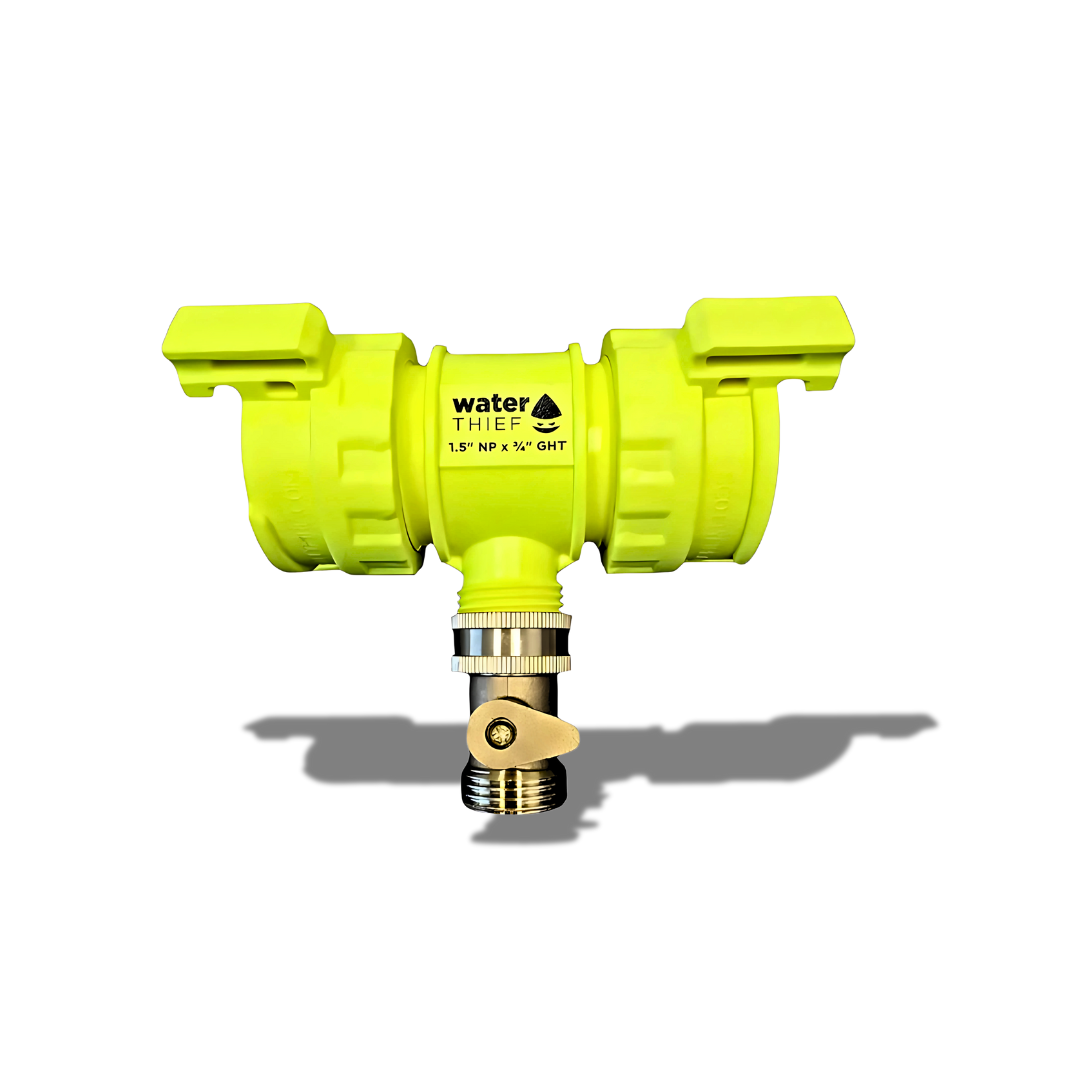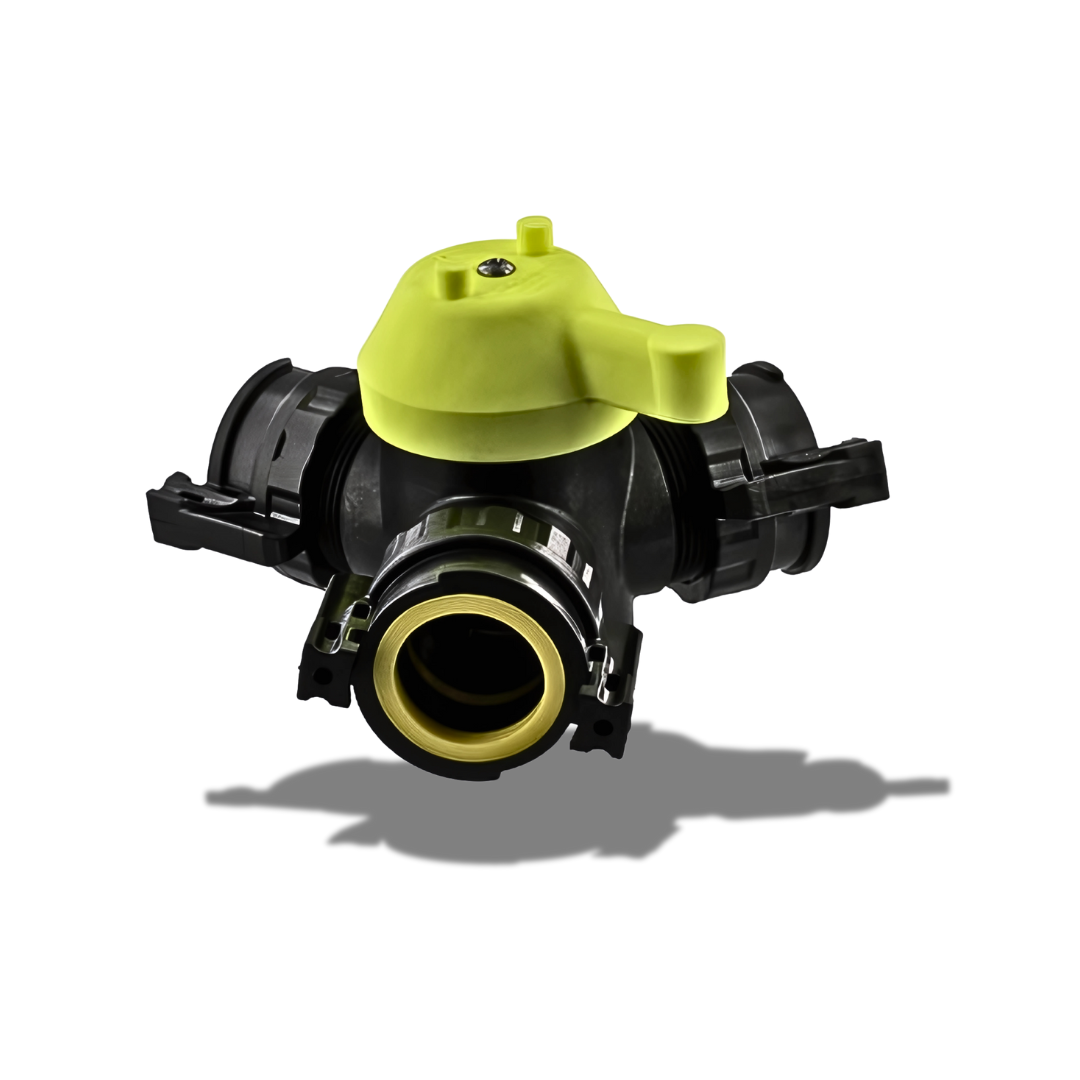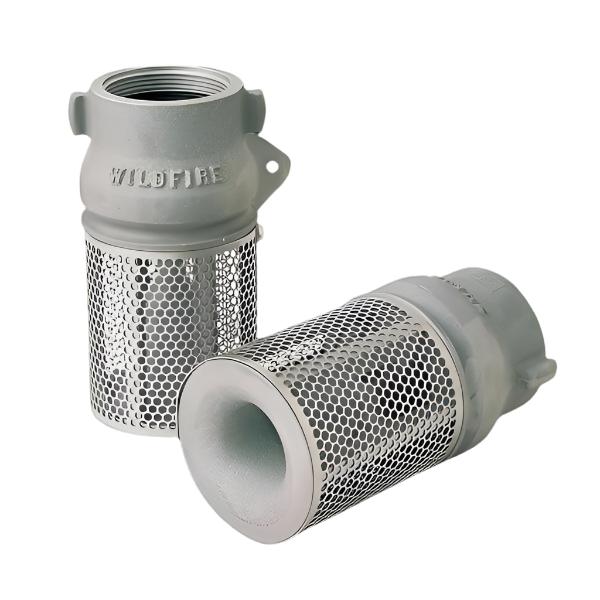YOUR PARTNER IN CONQUERING WILDFIRES.
Flash Wildfire Services
-

Rancher Series
The RANCHER® is a professional firefighter-grade system that comes with top-of-the-line components...
CURRENT FIRE ACTIVITY
Fire Maps & Resources
Use the wildfire map and dashboard to find active wildfire locations, see wildfires of note and find the latest forest area updates.
BRITISH COLUMBIA
USA
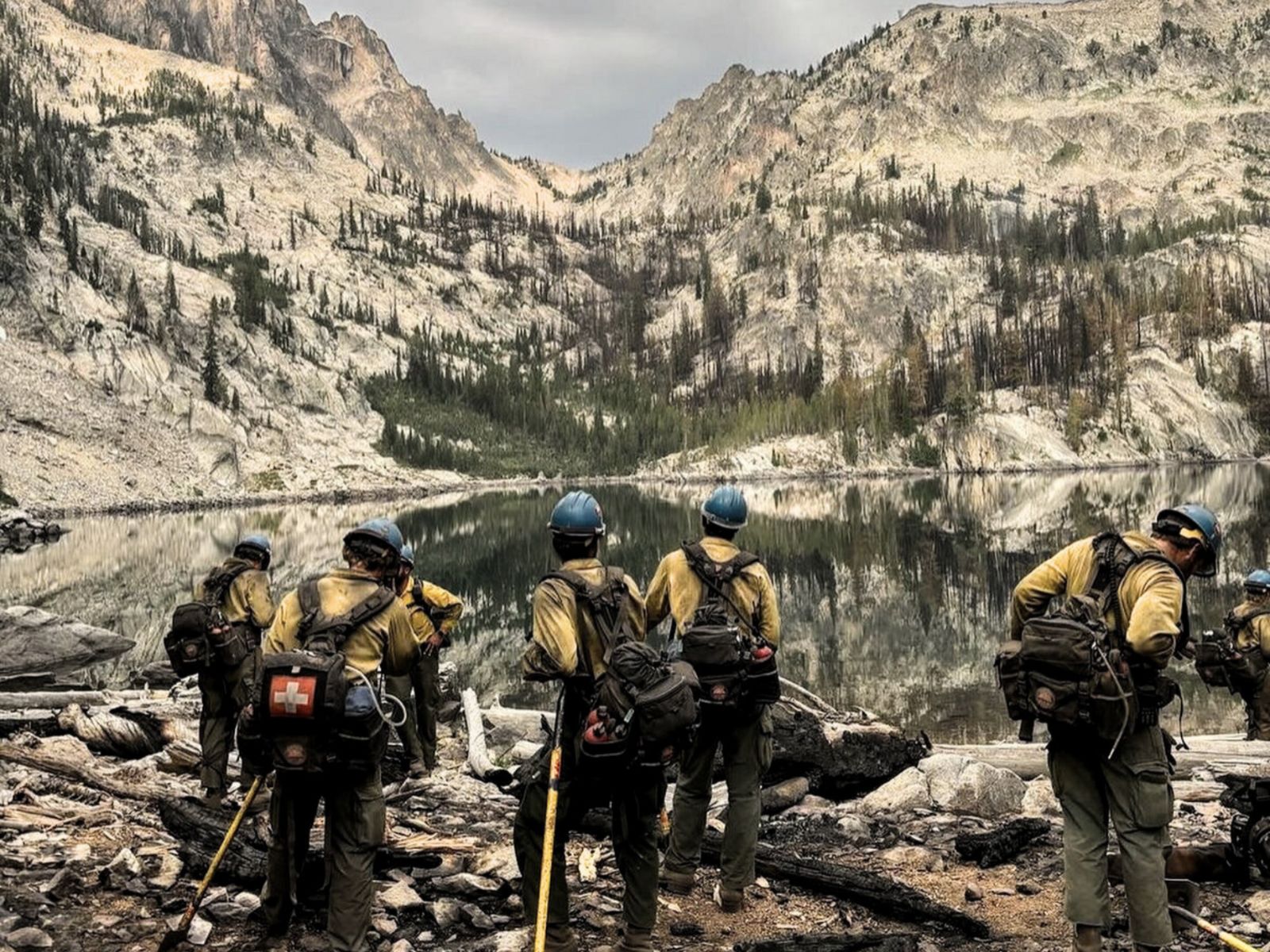
PROACTIVE WILDFIRE DEFENSE
Protect Your Home From Ember Attacks.
Be prepared before disaster strikes. Our tools and resources are designed to help homeowners like you protect your property and loved ones every step of the way from the unpredictable threat of wildfires. With proactive solutions and expert support, we make safeguarding your home easier—because peace of mind starts with preparation.
SHOP SPRINKLERS, KITS & ACCESSORIES
Top Picks For Homeowners
-
Homeowner's Corner
-
Hand Tools
-
Hose
-
Hose Repair
-
Nozzles
-
Hose Bags
-
Sprinkler Kits
-
Backup Water Supply
-
Top Sellers
Folding Roof Top Sprinkler
Mounted Roof Top Sprinkler
Brass Sweeper Nozzle
Brass Twist Nozzle
1.5"/2" Forestry Spanner Wrench
Pulaski Axe – Wildfire Brush & Root Removal Tool
Pulaski Axe – Fiberglass Handle Wildfire Tool
Round Mouth Shovel – Long Handle Wildfire Tool
Fire Swatter
Professional Fire Fighting Broom
MS 362 C-M 20" Chainsaw
WX-187-I Synthetic Type I Forestry Lay Flat Hose - 1.5 X 50
1″ x 100′ WXT-187 I-Type I, Instantaneous Aluminum
WX-187-I Synthetic Type I Forestry Lay Flat Hose - 1.5 X 100
1.5" X 50' WX-187-IWP TYPE I WEEPING INST ALUM
1.5 X 100 WX-187-IWP TYPE I WEEPING INST ALUM Hose
2.5" Type 1 fire hose W/ BCT Ends
1.5" X 100' WX-187-II Type II INST ALUM
1.5" x 25' x Synthetic woven Jacket QC Hose
3/4" x 15' GHT Guard'N Flo
B-5420 STRANGLER, ALUMINUM HOSE CLAMP
HOSE MENDER SLEEVE-SS - 1"
HOSE MENDER SLEEVE-SS - 1.5"
FA-149 STRANGLER POUCH
Fire Nozzle – 1.5" NPSH Revolver, 5–8 GPM, Adjustable Flow
Rocket Nozzle for 4000 Hand Pump, ¾" GHT
Brass Sweeper Nozzle
Brass Twist Nozzle
Penetrator Nozzle with 1½" NPSH w/ 4085 Connector
3 GPM Air Aspirating Foam Nozzle, w/ ¾" GHT Female
TRAP DOOR HOSE PACK 2- HOSE ROLL
Forestry Hose Bag
BGHOPPUM PUMPER HOSE BAG
L- 2 RIT BAG
L-3 LITE-SPEED RIT BAG
WASP Full Sprinkler Kit – Wildfire-Ready Roof Protection
Roof Sprinkler System Kit - Home Wildfire Defense System
ESM-8 Sprinkler Kit – Mid-Sized Wildfire Zone Coverage
Cabin Sprinkler Package – Compact Wildfire Ember Protection
Acreage Sprinkler Kit – Wildfire Protection System for Large Properties
Estate Sprinkler Package – Wildfire Protection for Large Properties
Onion Tank – 1000 Gallon
Onion Tank – 2500 Gallon
Husky® Folding Frame Tank – 1000 Gallon, Portable Containment
1000 Imp. Gallon Forestry Portable water tank W/Carrying Case and Ground Sheet
2500 Imp. Gallon Forestry Portable water tank W/Carrying Case and Ground Sheet
500 Imp. Gallon Forestry Portable water tank W/Carrying Case and Ground Sheet
1500 Imp. Gallon Forestry Portable water tank W/Carrying Case and Ground Sheet
2000 Gal Imp. Gallon Forestry Portable water tank W/Carrying Case and Ground Sheet
Husky® Folding Frame Tank – 3000 Gallon, Portable Containment
Husky® Folding Frame Tank – 2500 Gallon, Portable Containment
SPU Flagging Tape
HPO-2X Neoprene Backpack with Brass Pump
OT-4NX POLY BACKPACK W/BRASS PUMP
Adjustable Tripod Sprinkler – 1″ Riser for Wildfire Coverage
Mark 3 Fuel Line With Mercury Quick Connect
Water Thief – QTQC x QTQC x ¾" GHT
3 Way Valve With 1/4 Turn Connectors
B-5258 FOOT VALVE AND STRAINER 2"
BUILT FOR THE LINE. READY FOR THE LONG HAUL.
Gear You Can Trust. Backpacks You Can Rely On.
From first response to full-day operations, our wildland packs and gear are engineered for performance in high-risk environments. Whether you're battling backcountry blazes or patrolling rugged terrain, every pack in this collection is designed for comfort, durability, and rapid deployment — trusted by forestry crews, emergency services, and rural fire districts across Canada.
Professional Fireline Tools Built For The Frontlines.
Equip yourself with durable, high-performance Fireline tools designed to withstand the toughest conditions. From shovels to axes, find everything you need to stay prepared and efficient on the job.
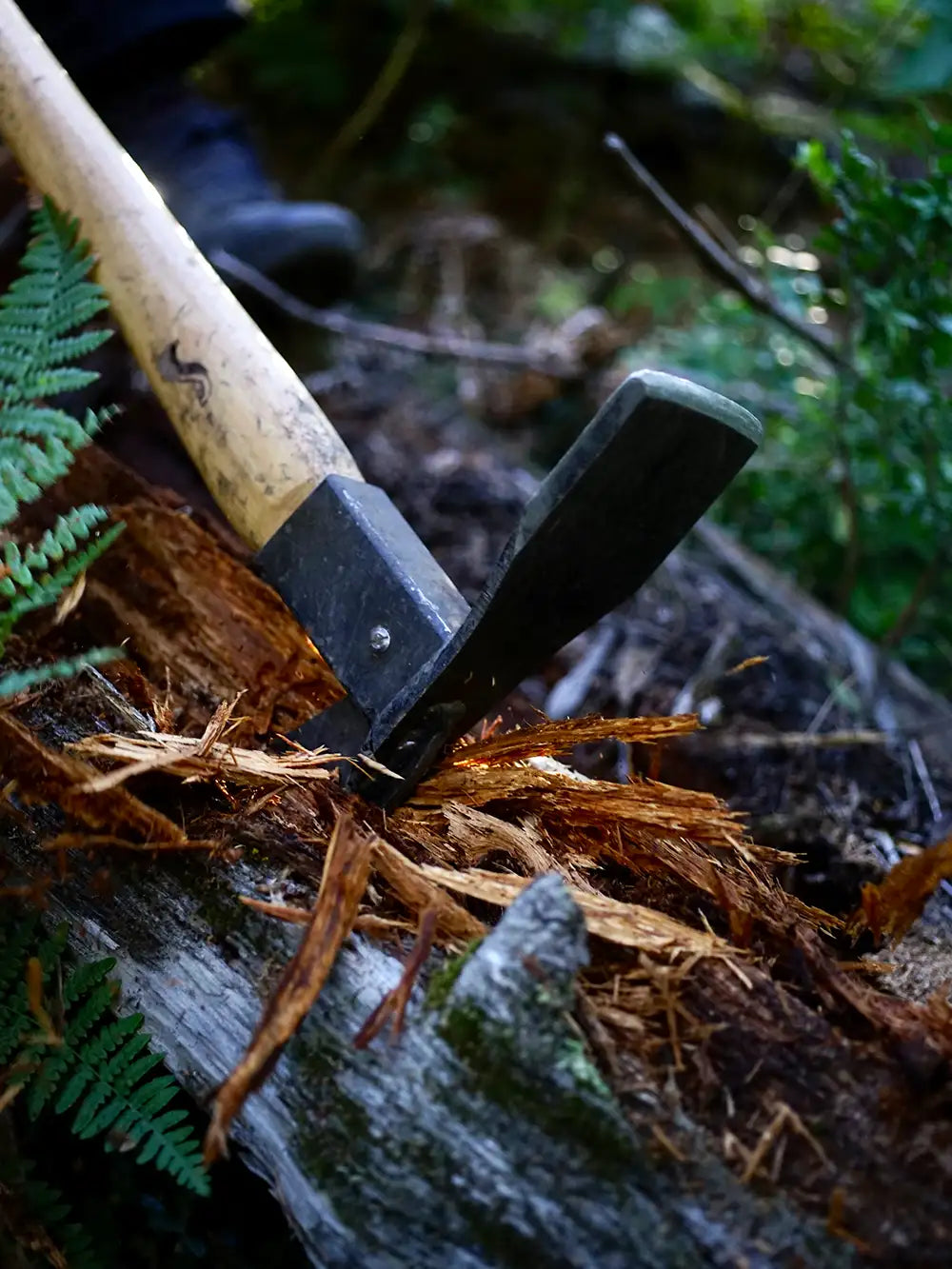

From Australia to the front lines in Canada!
They came all the way here to help us battle the wildfires, and we're so grateful for their support. Looks like our backpacks were put to good use in the thick of the action!
Latest blog posts
GET IN TOUCH






